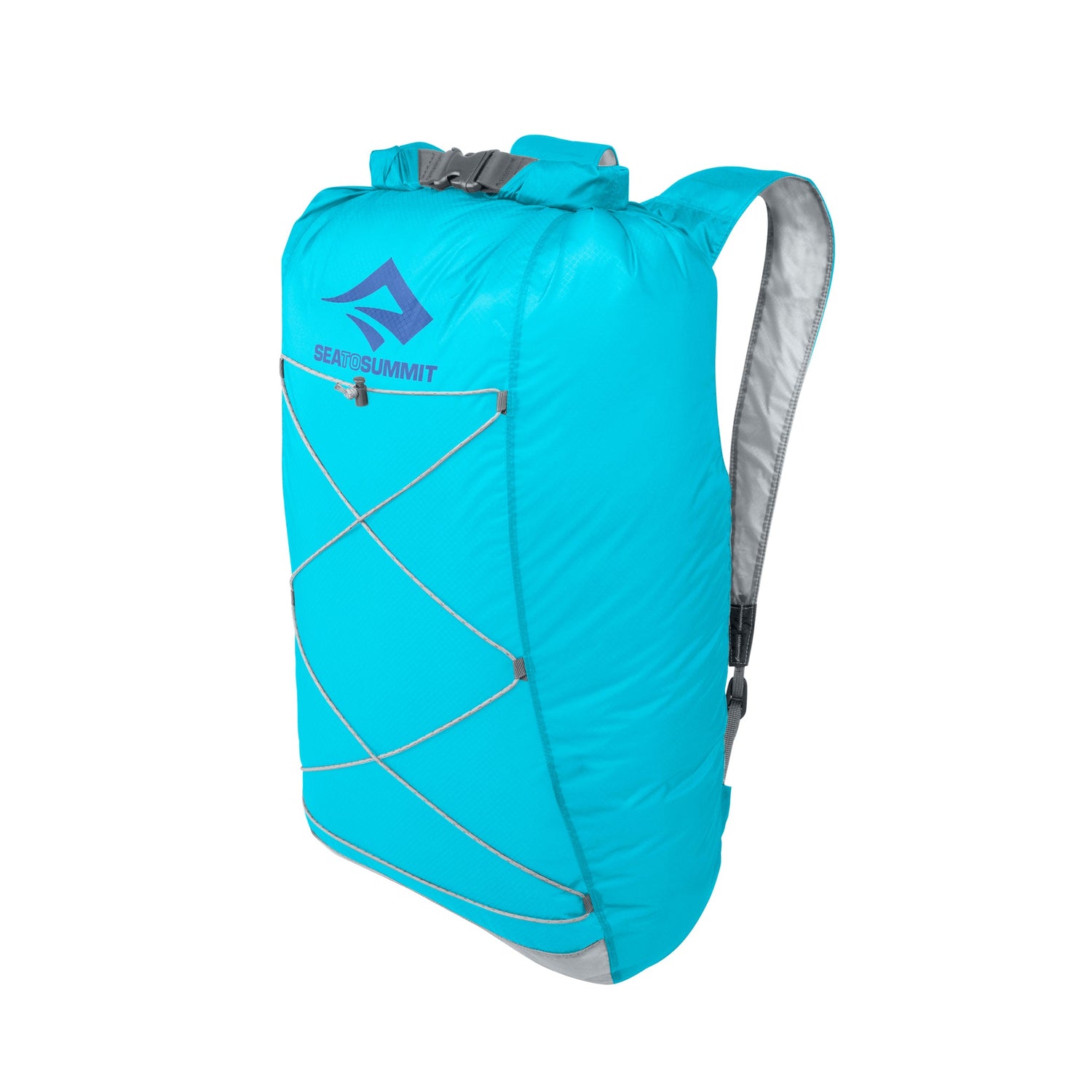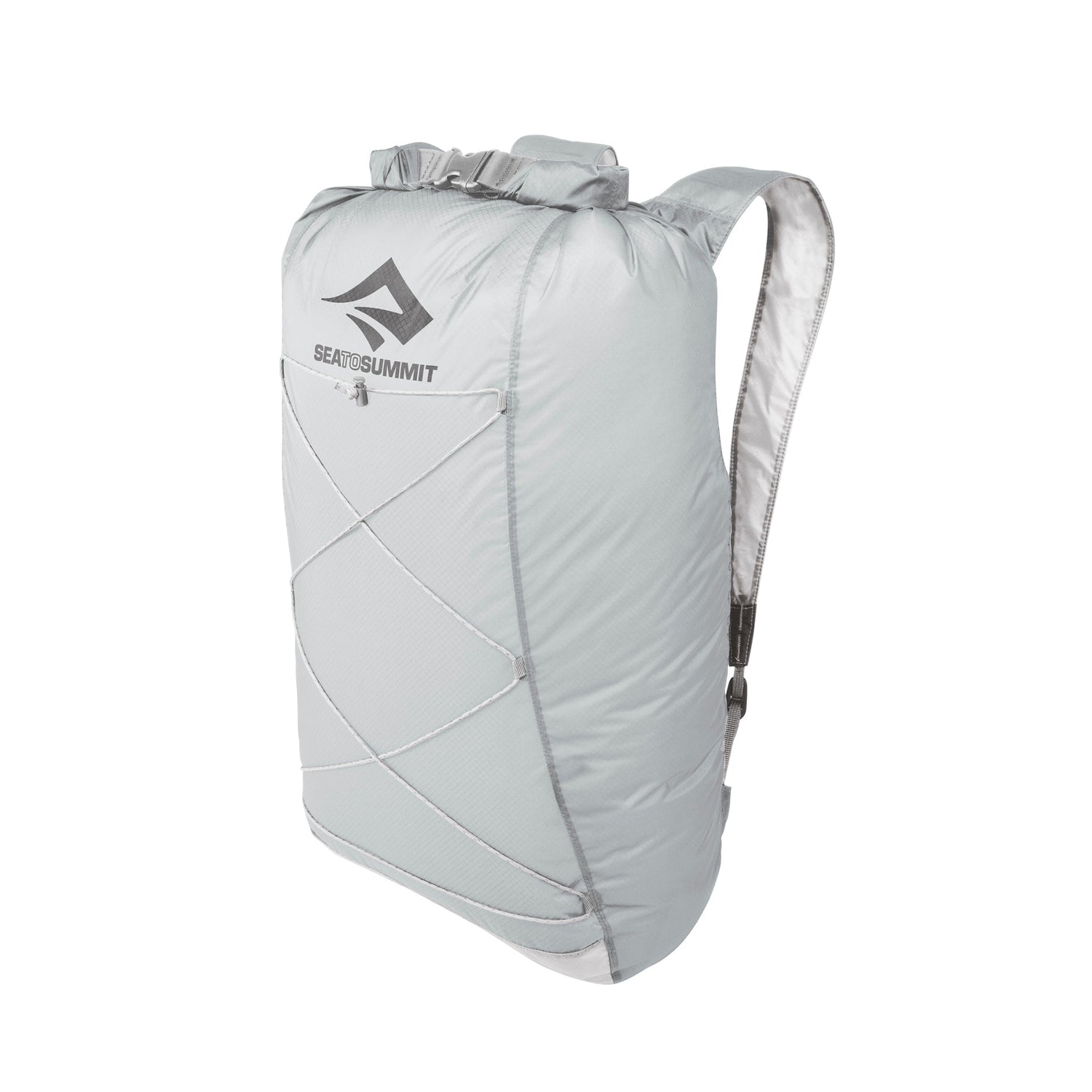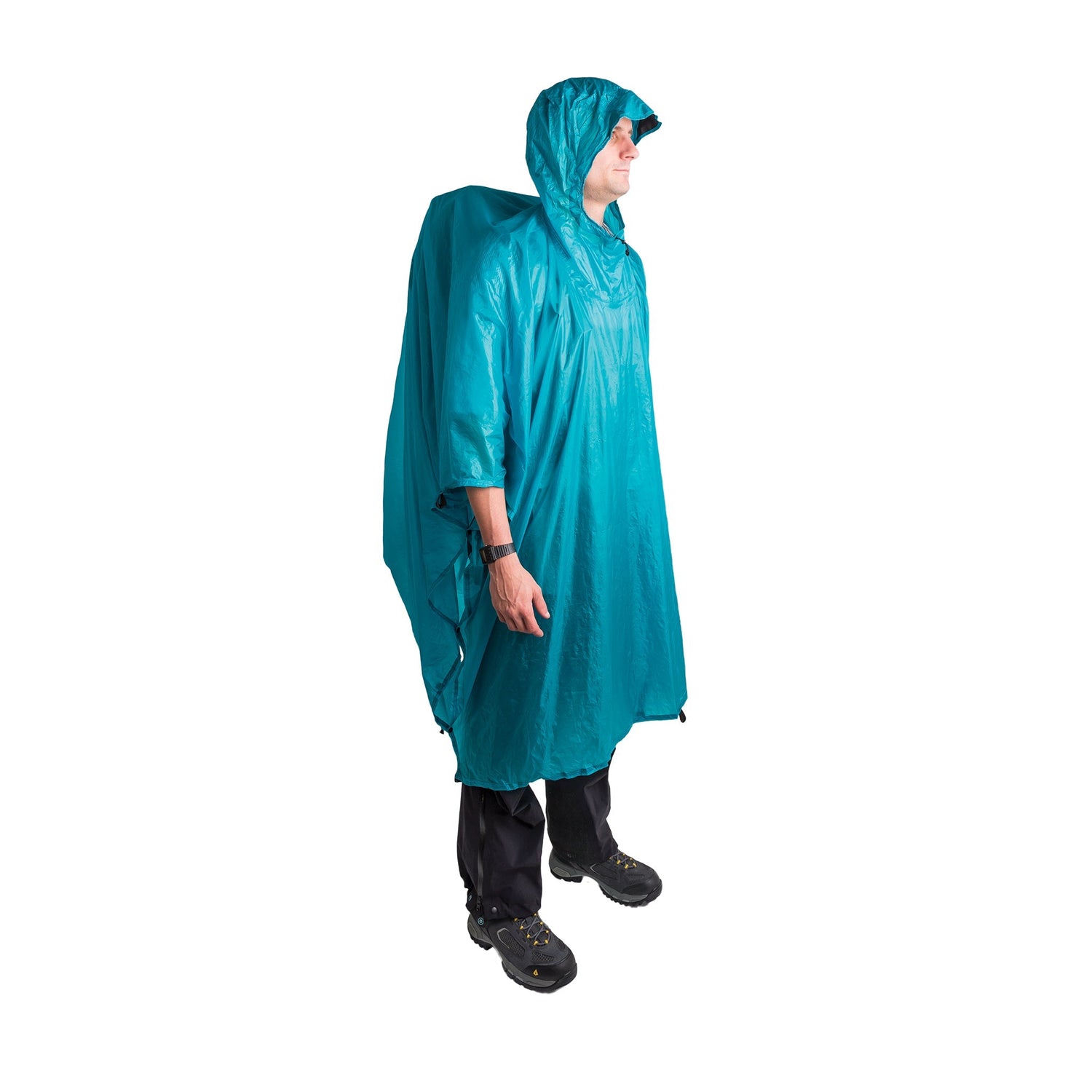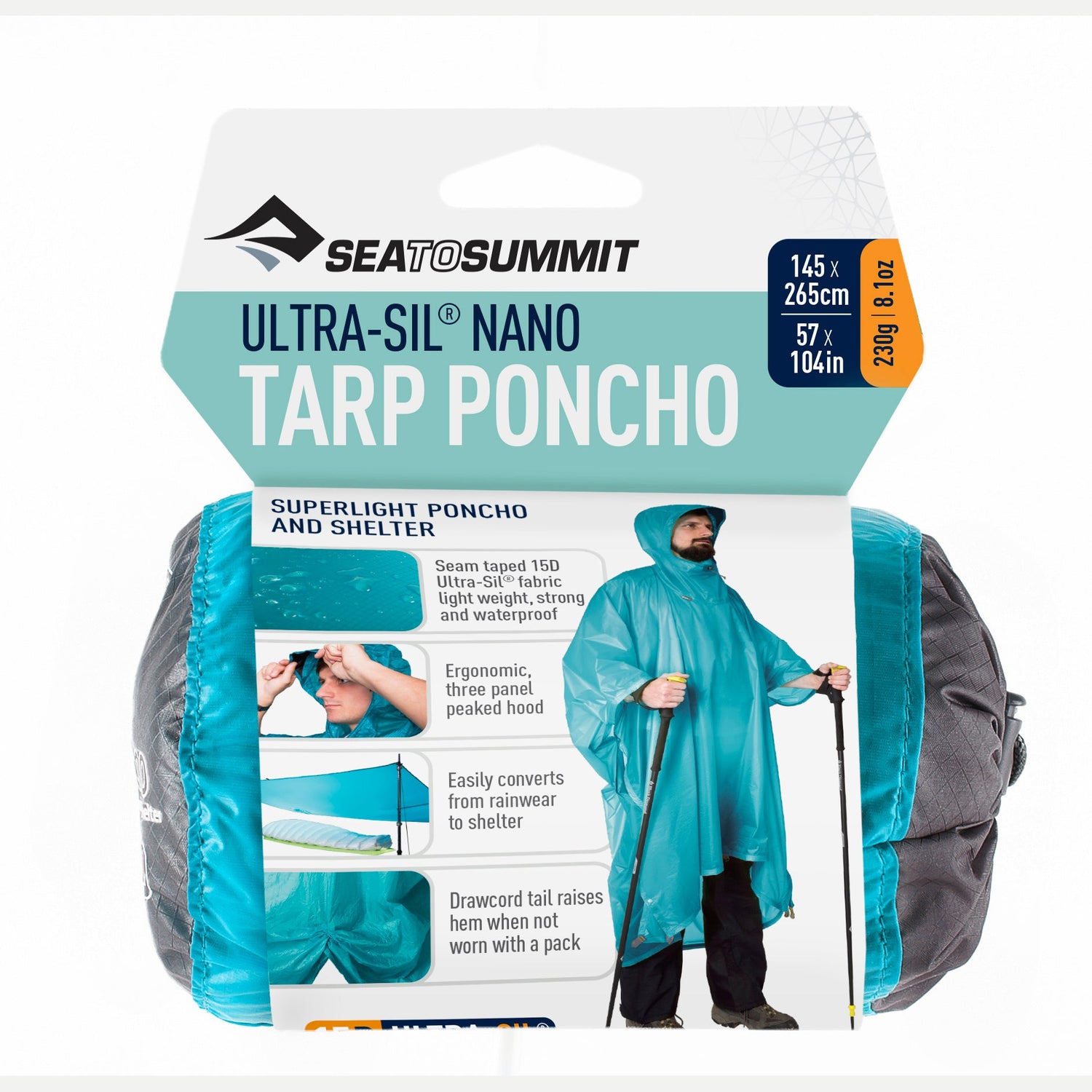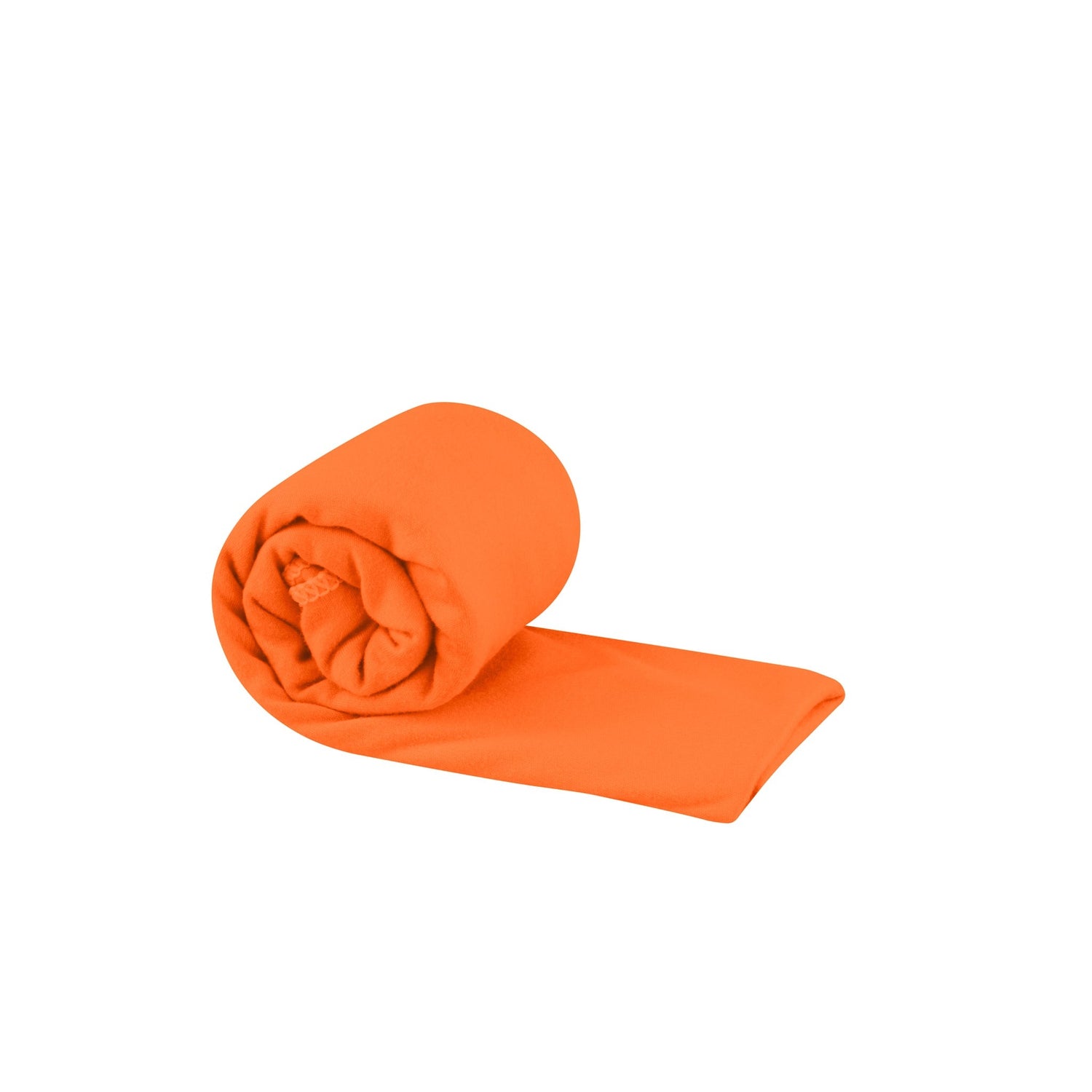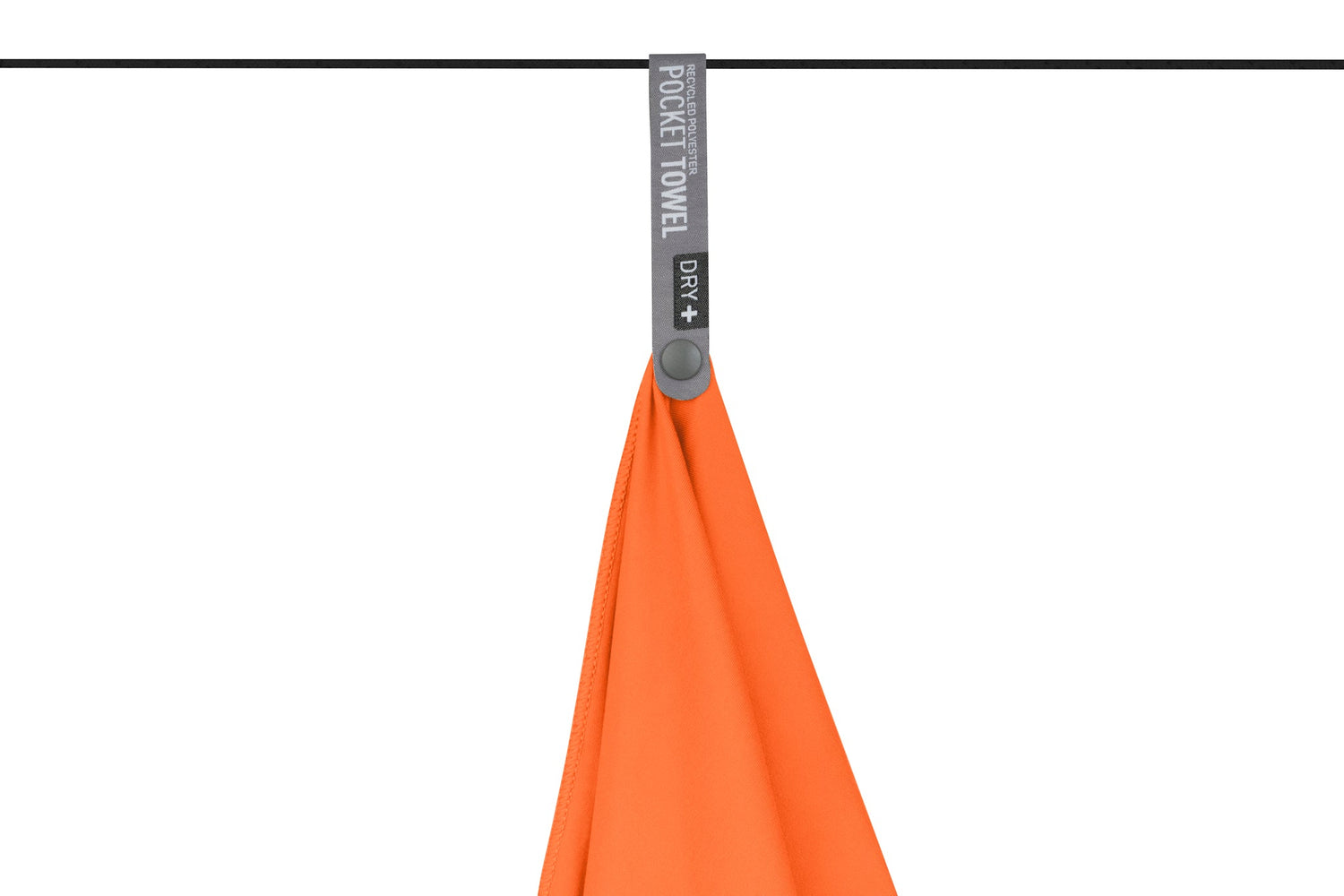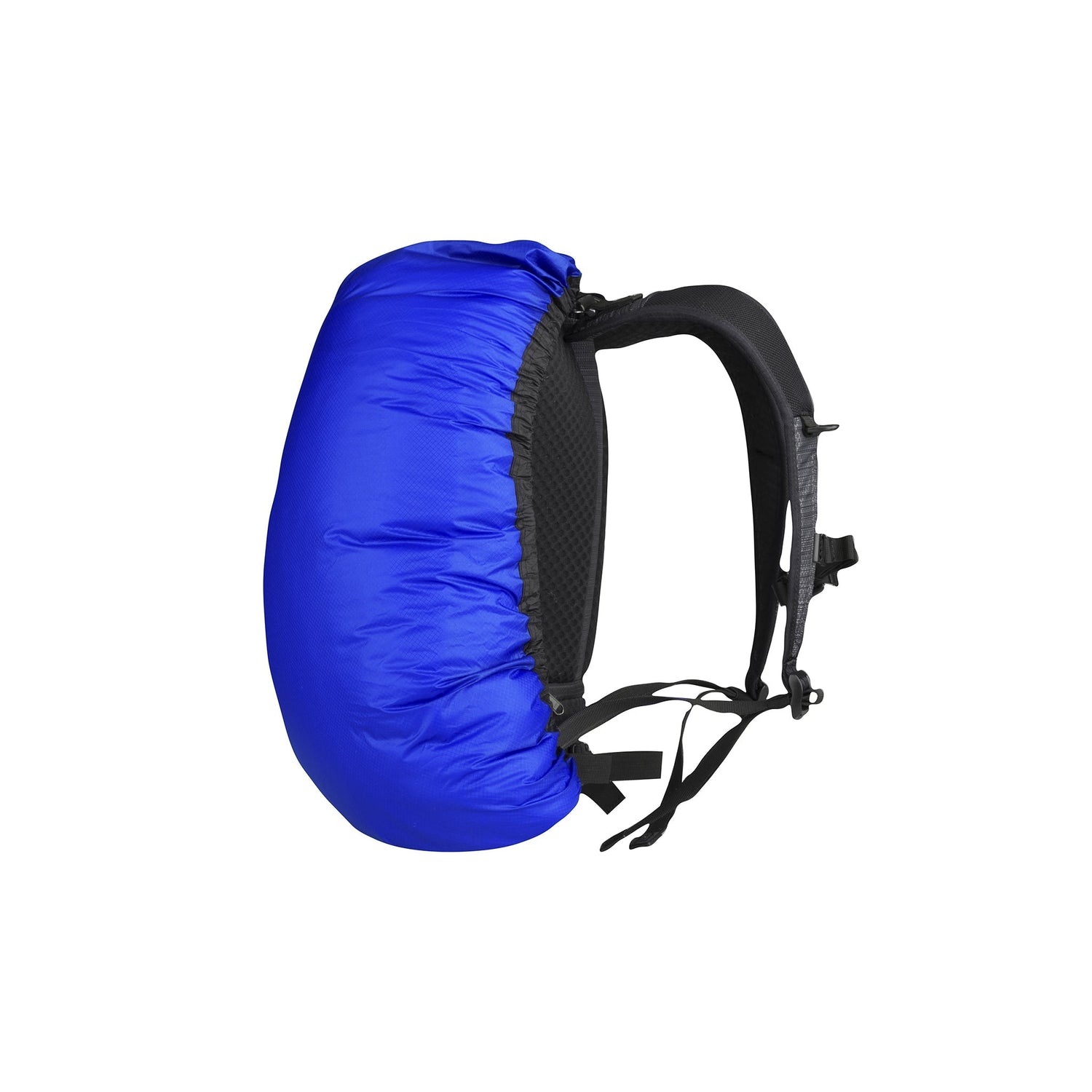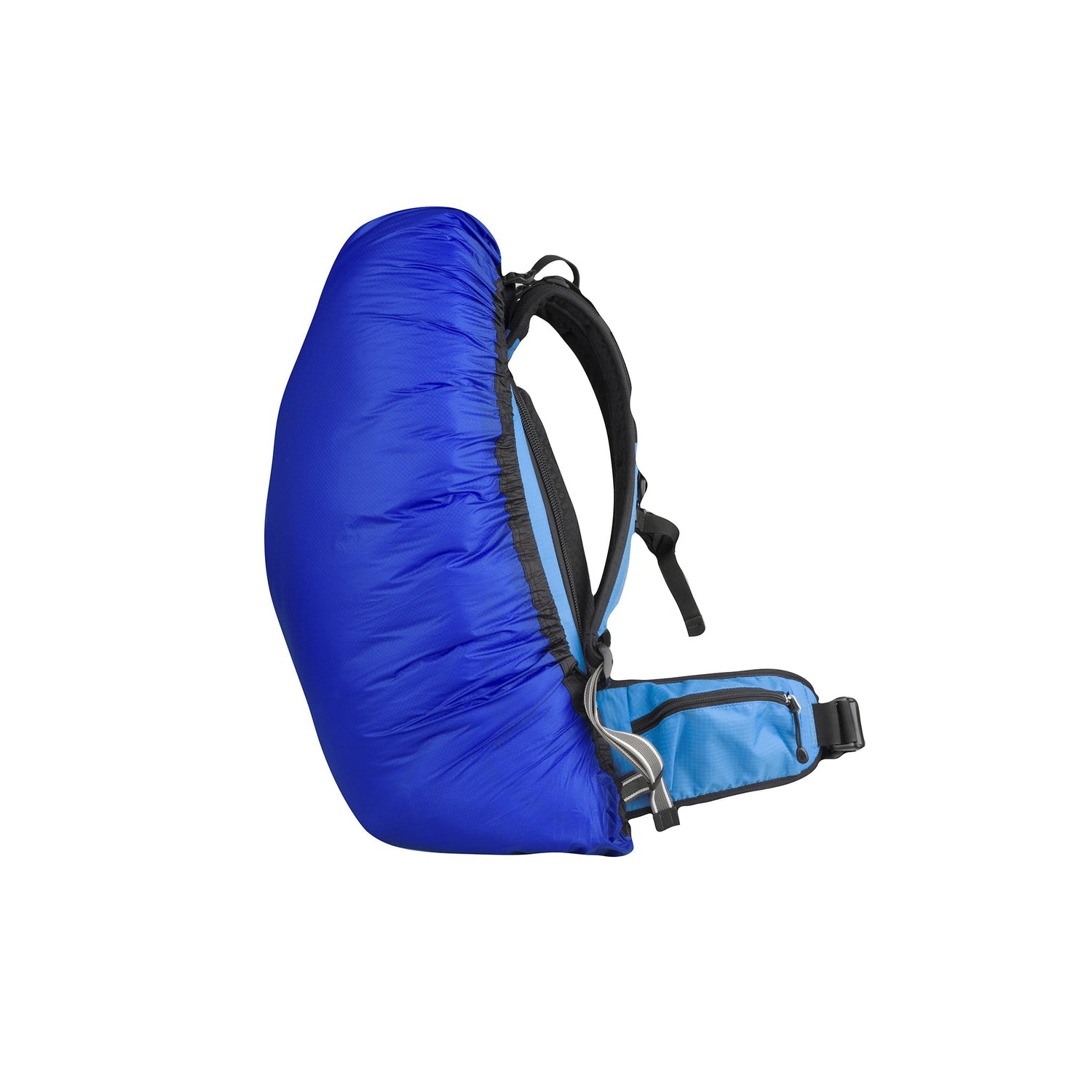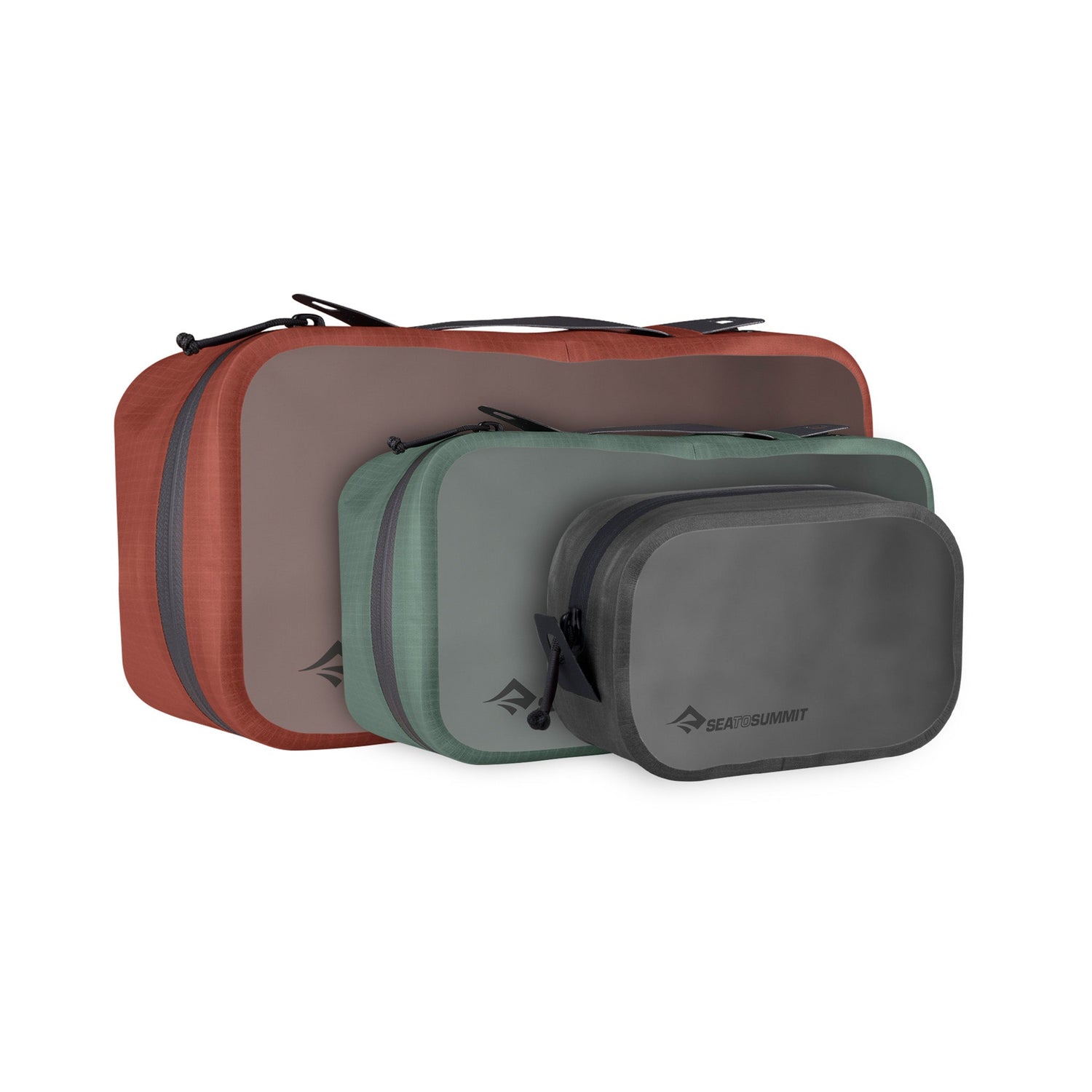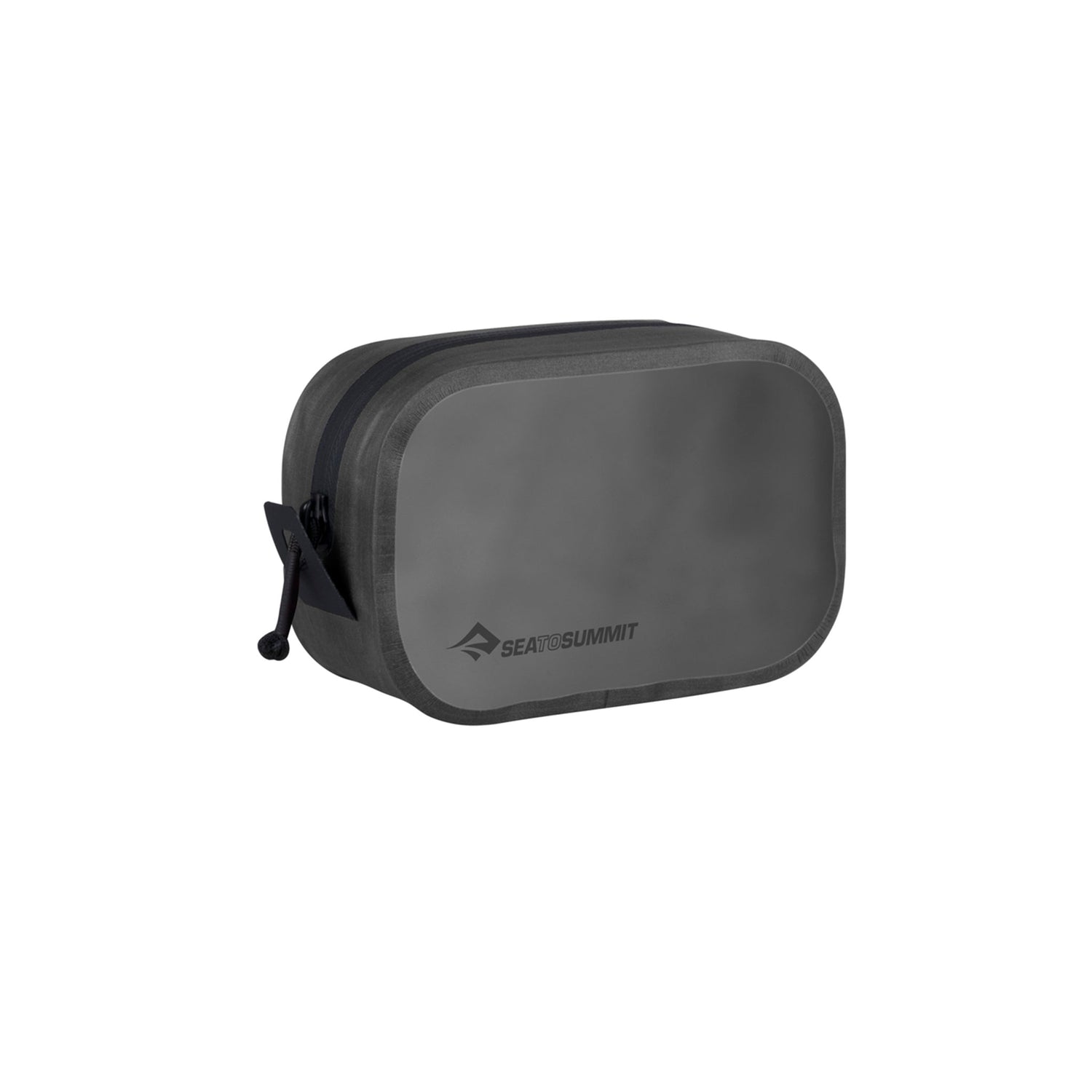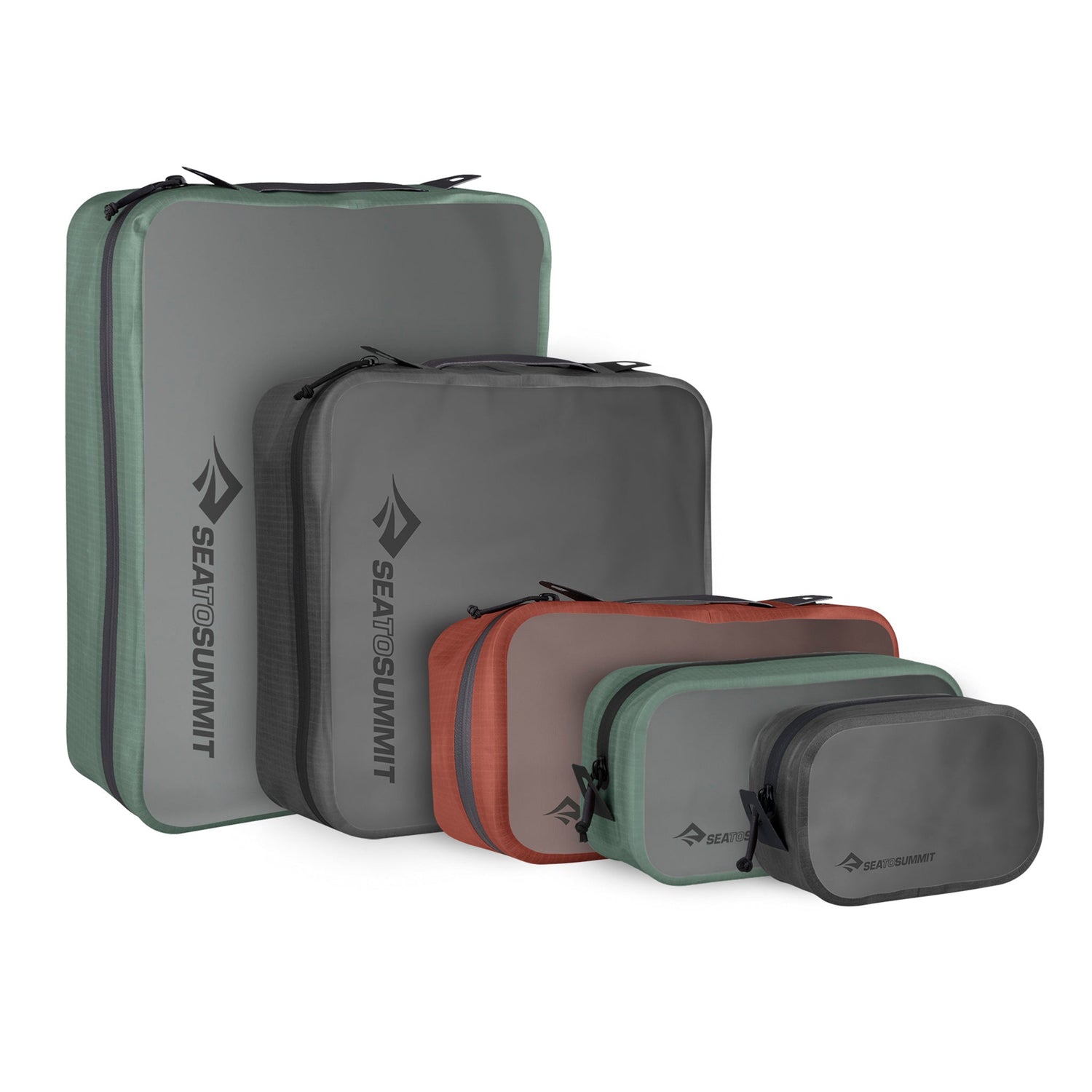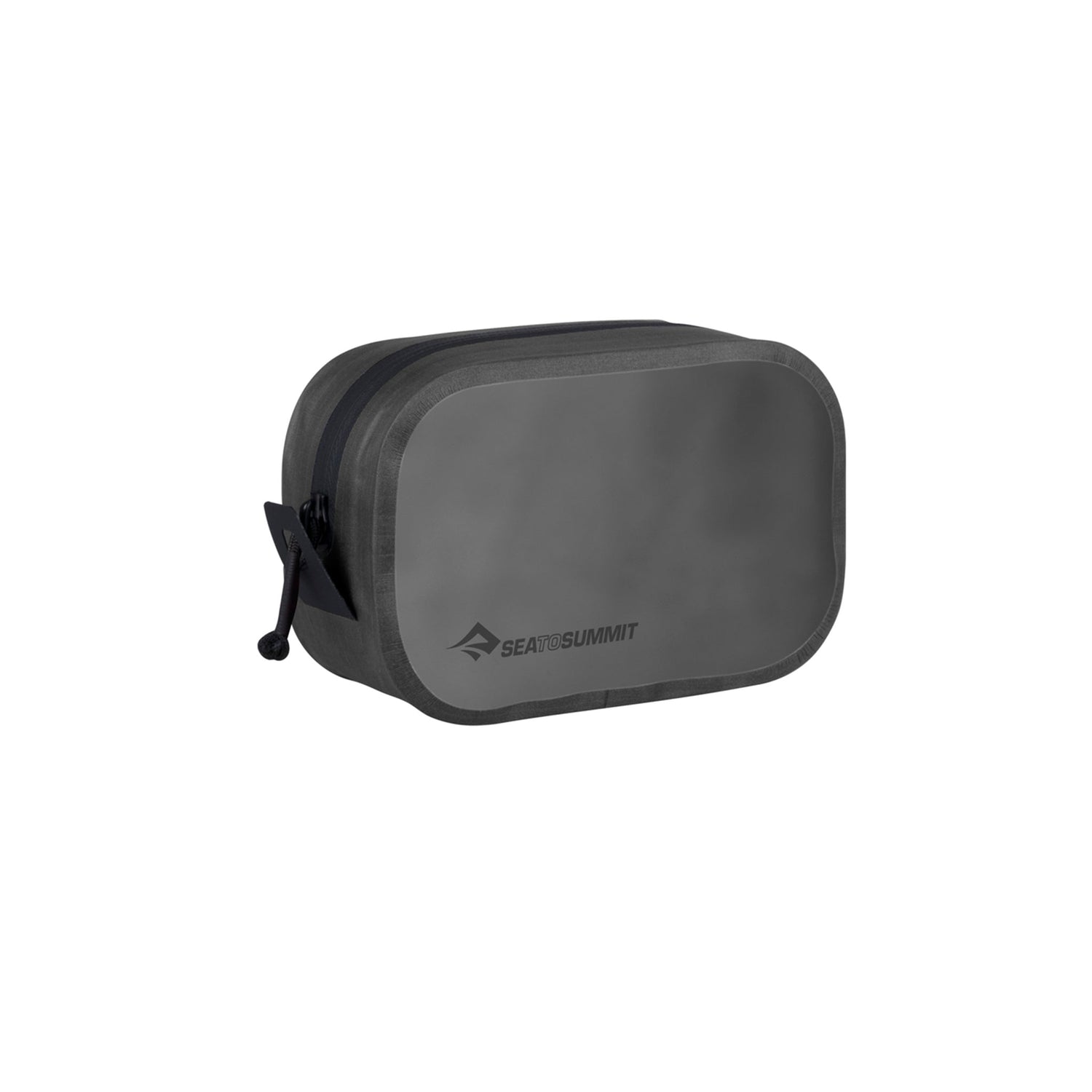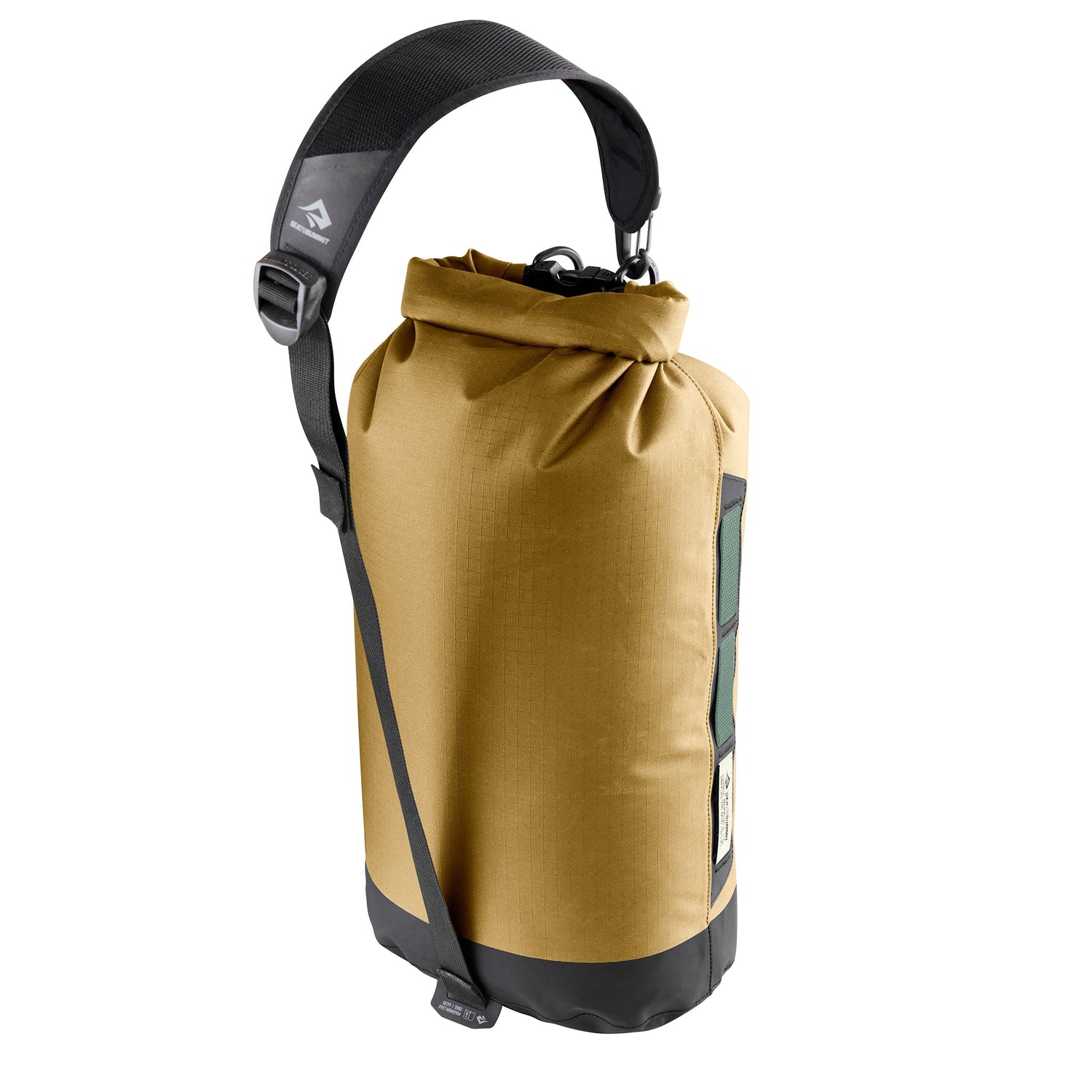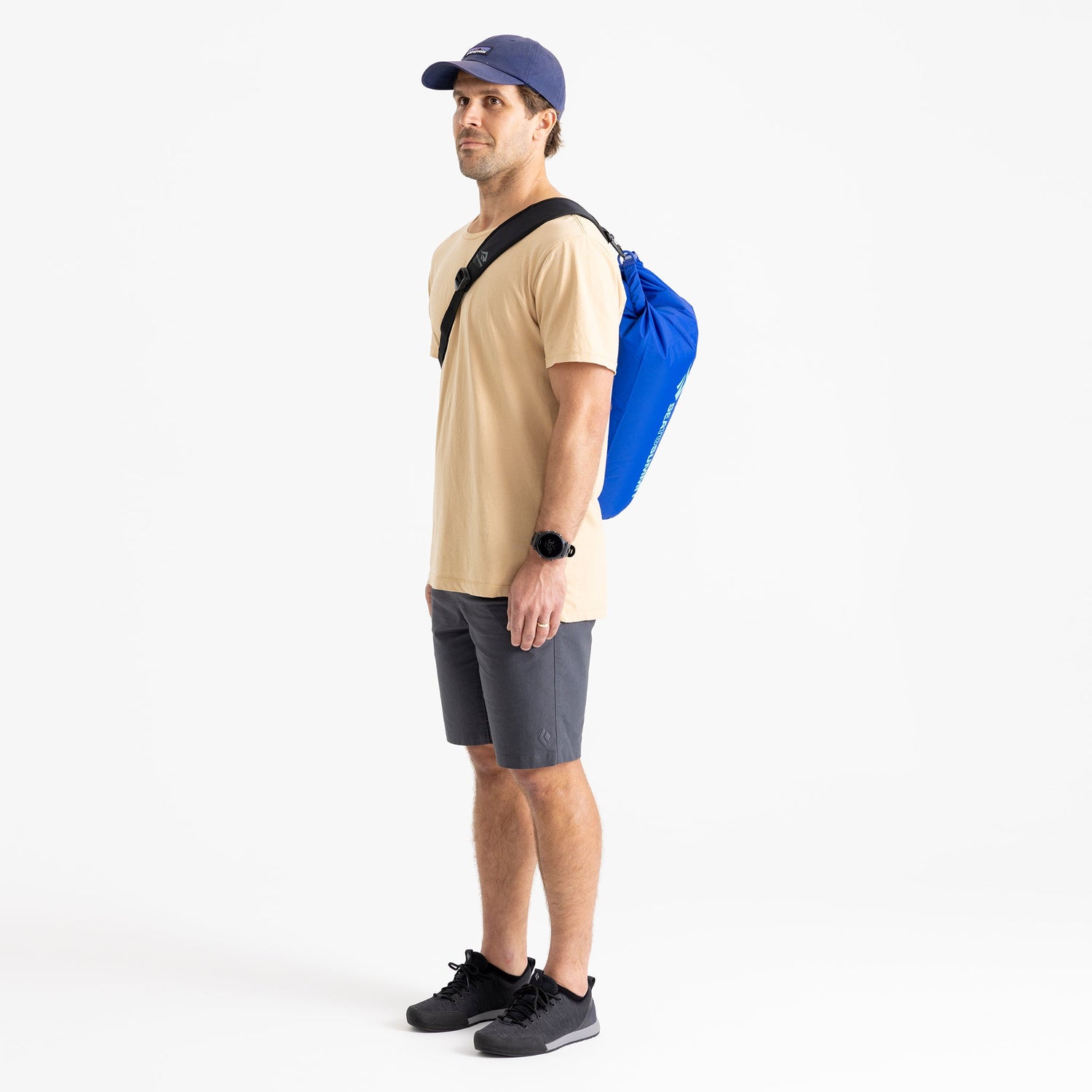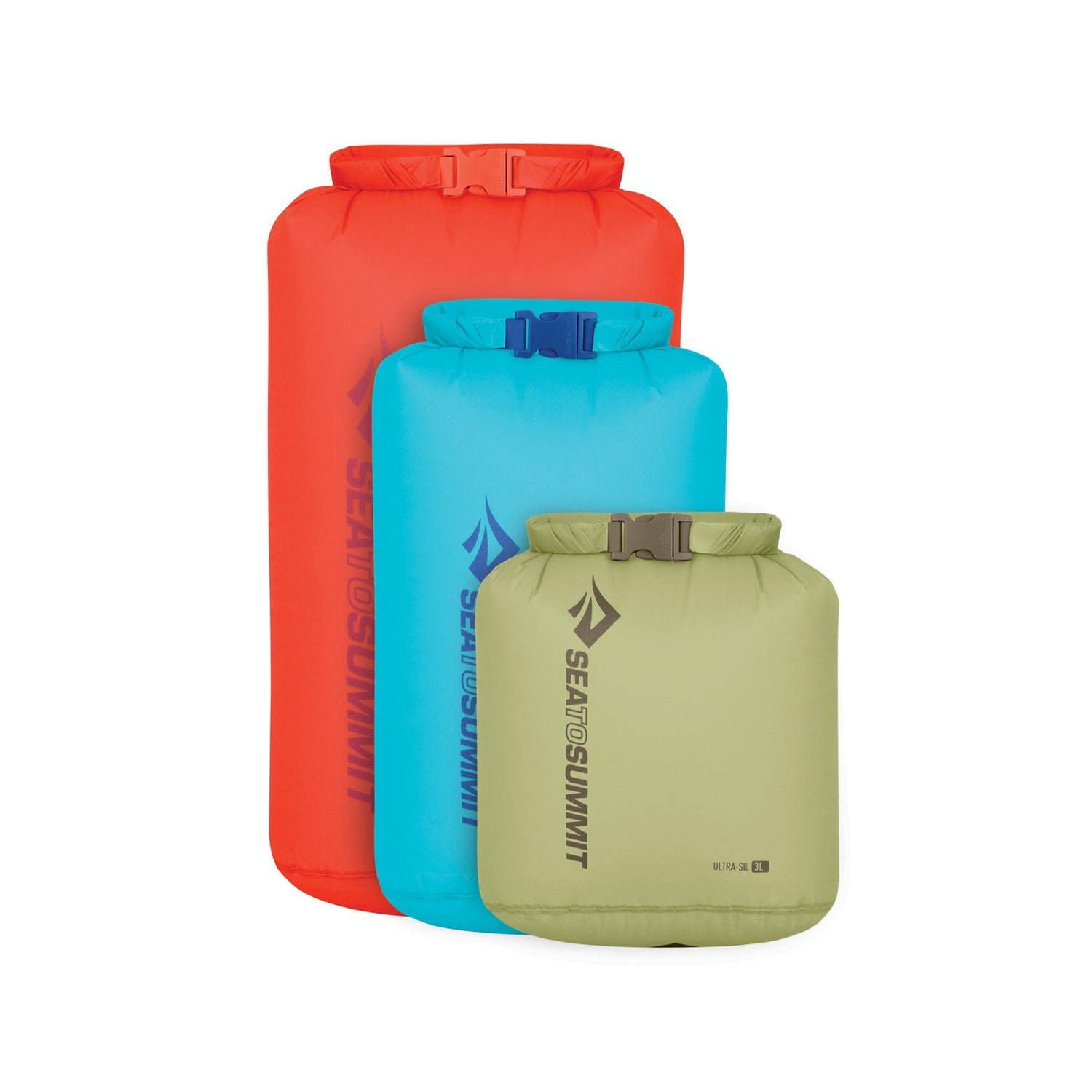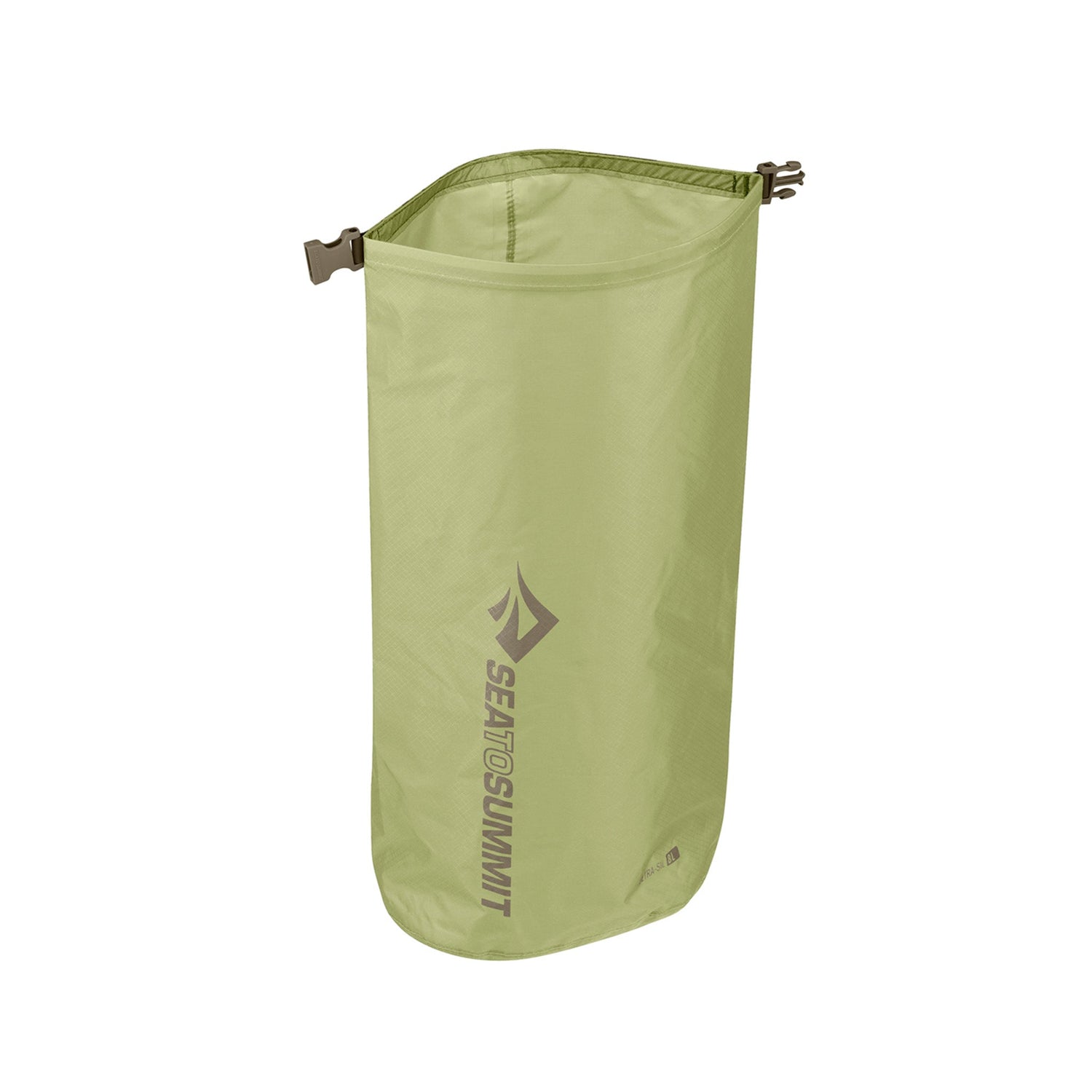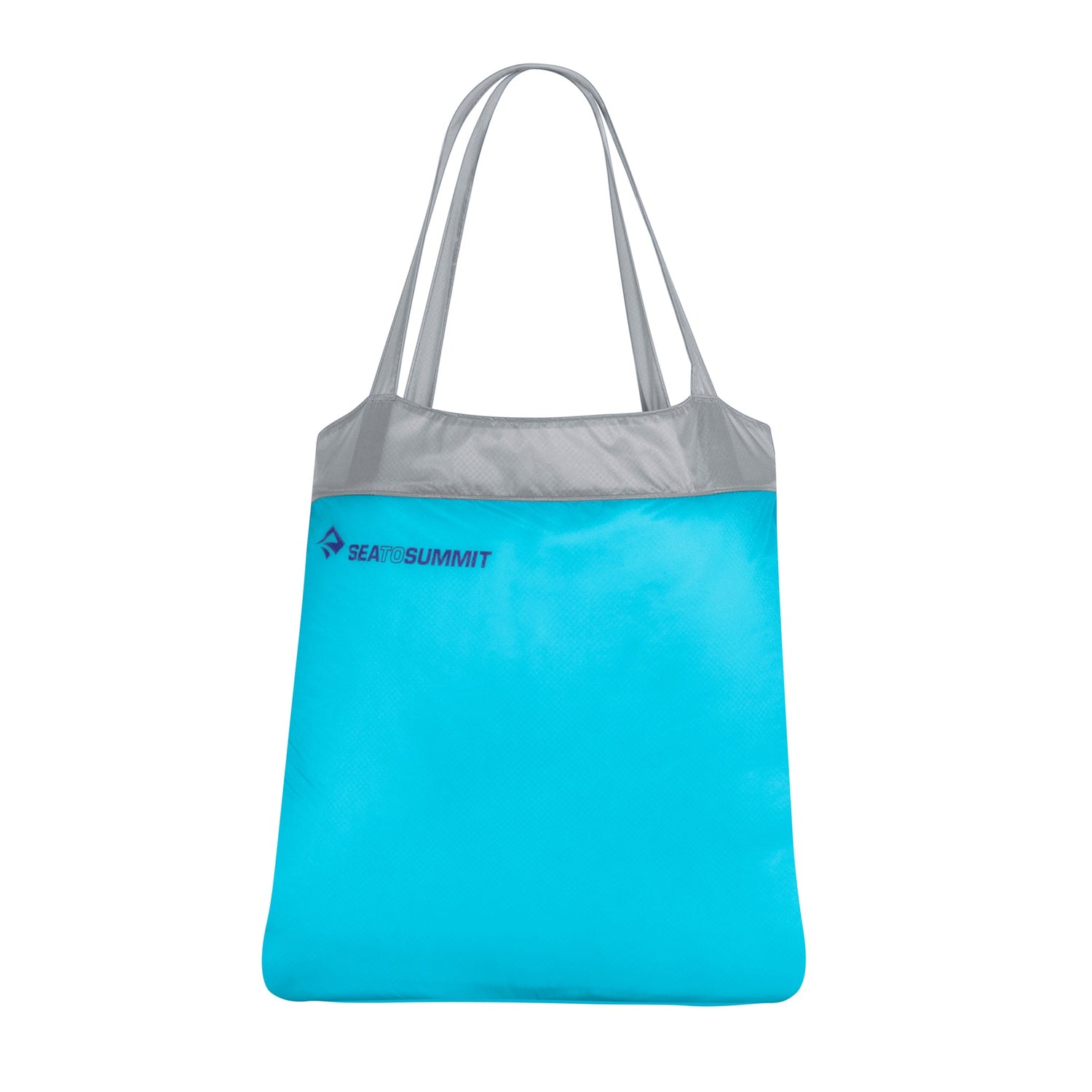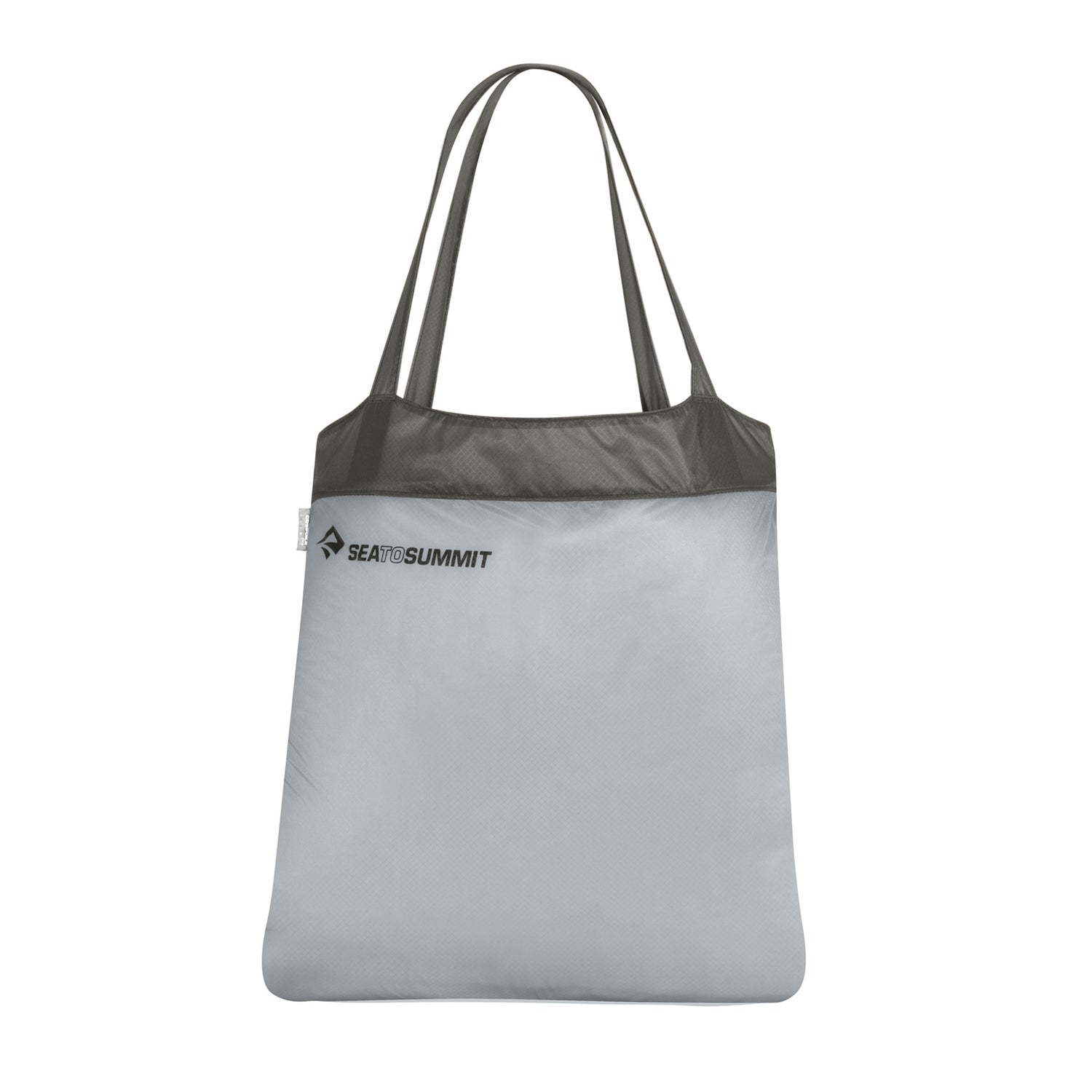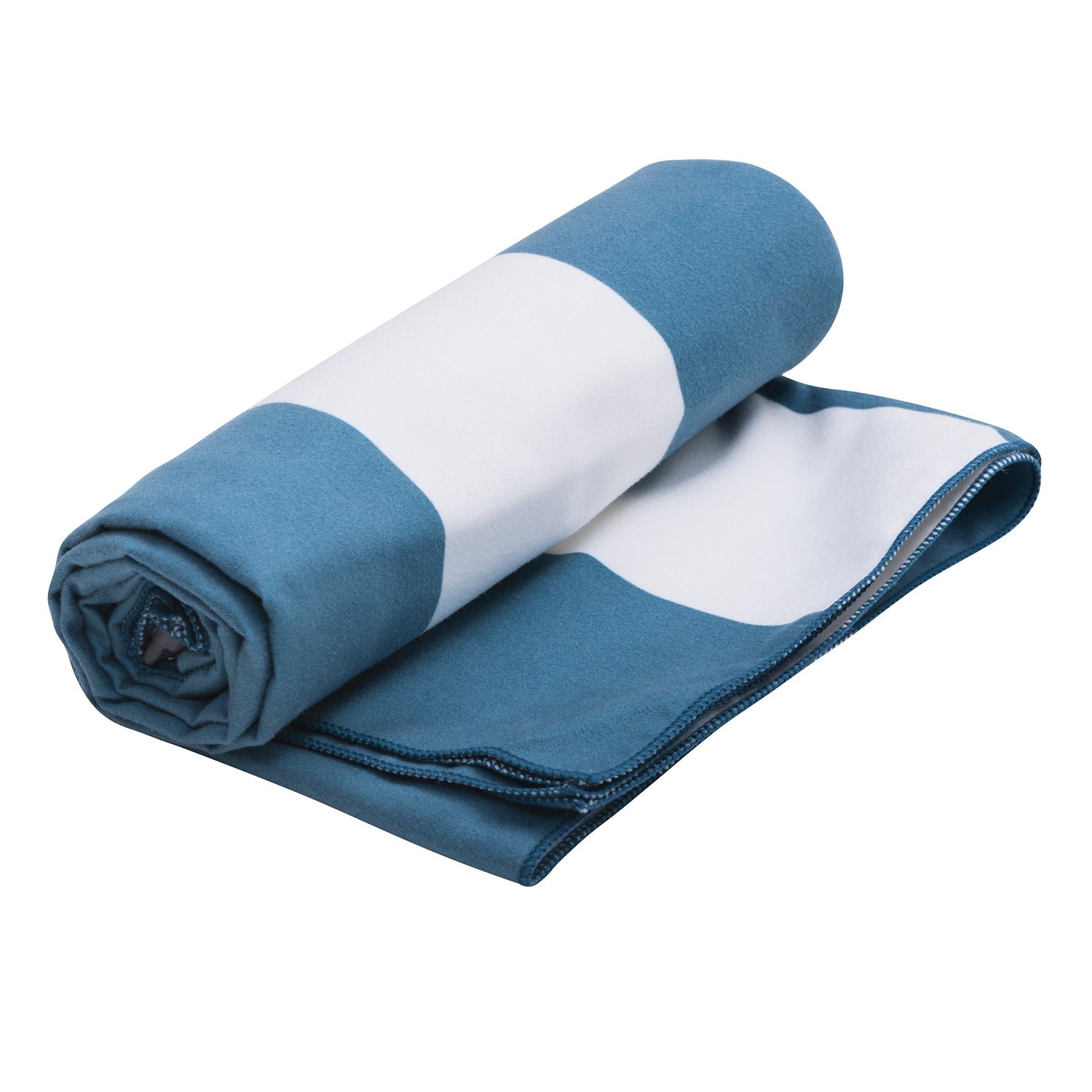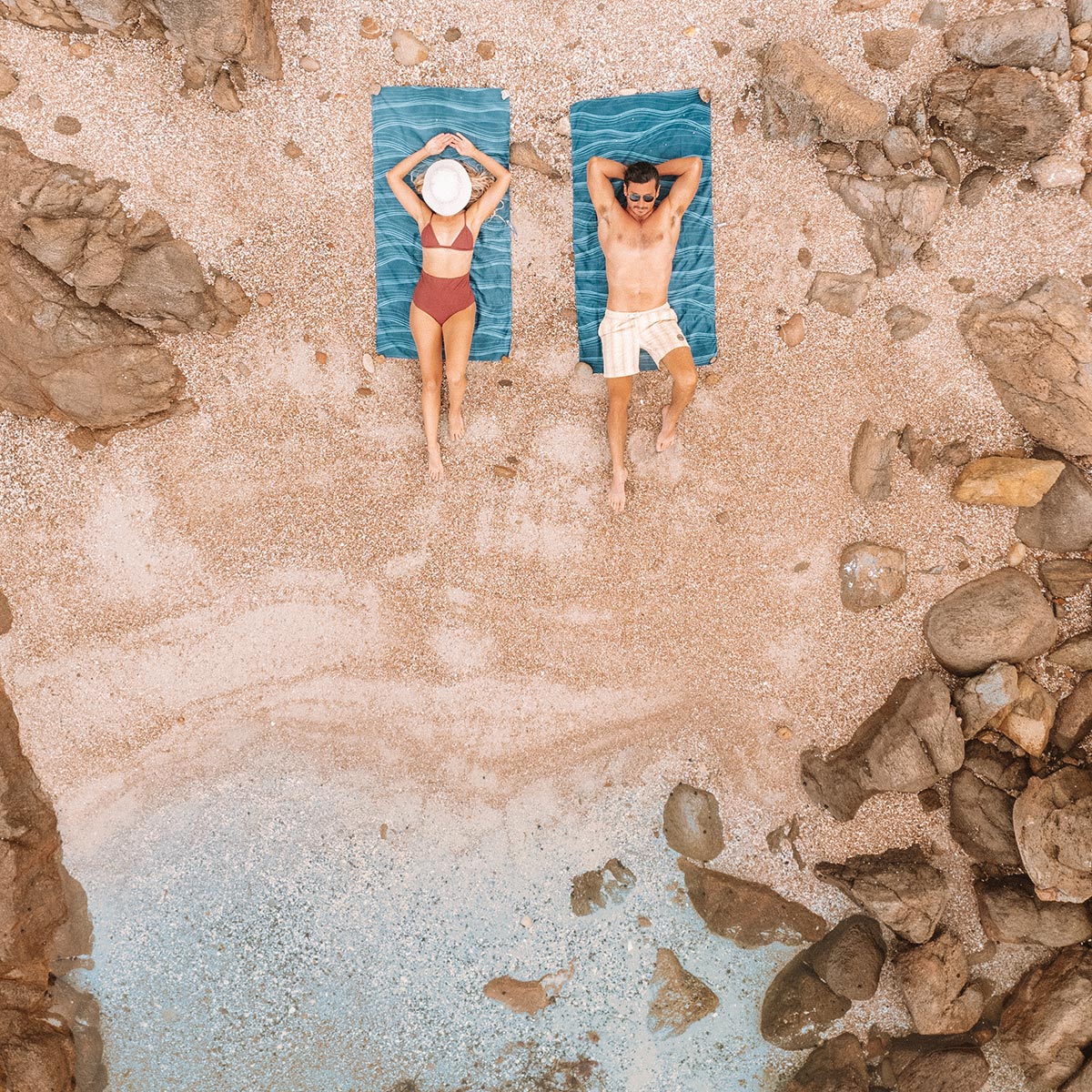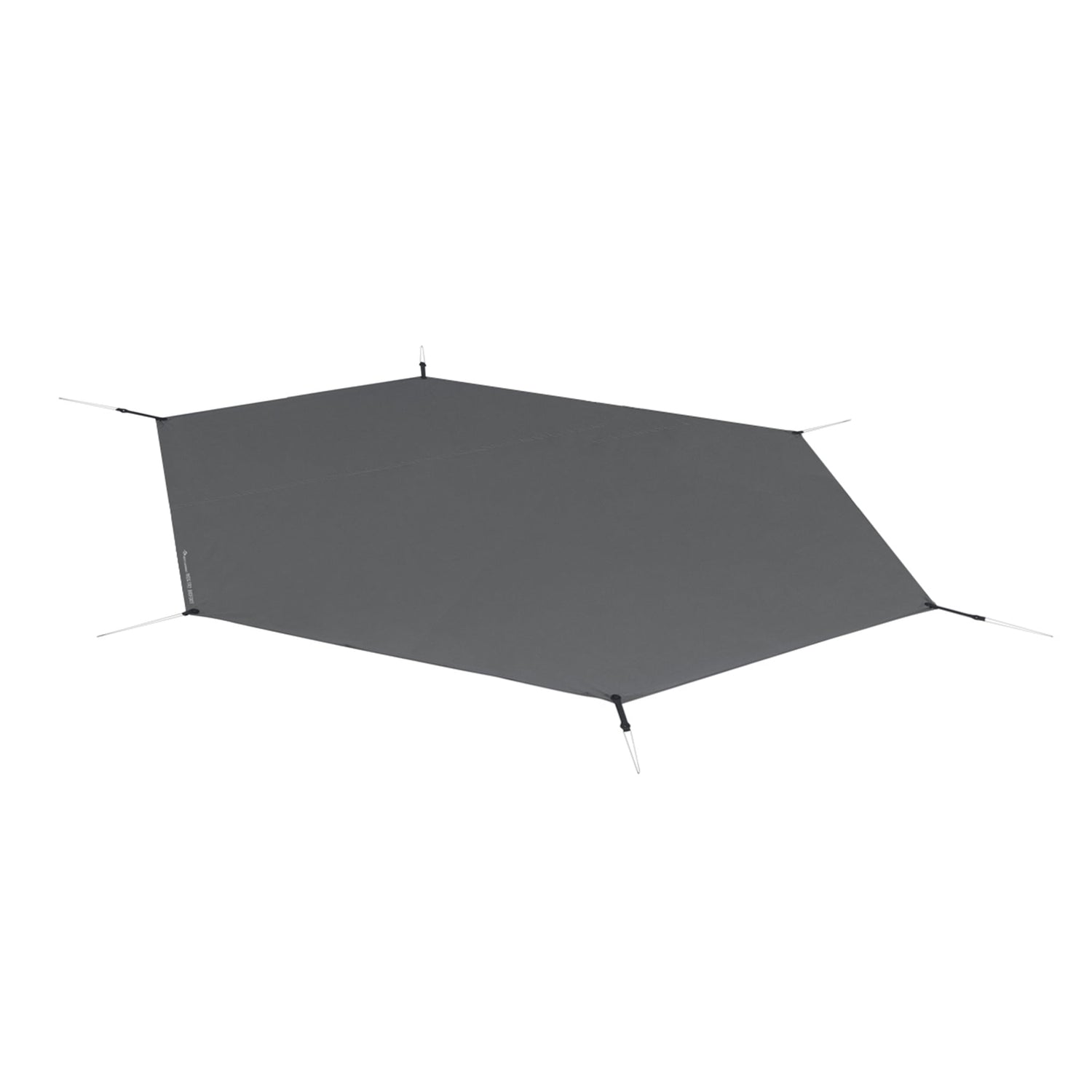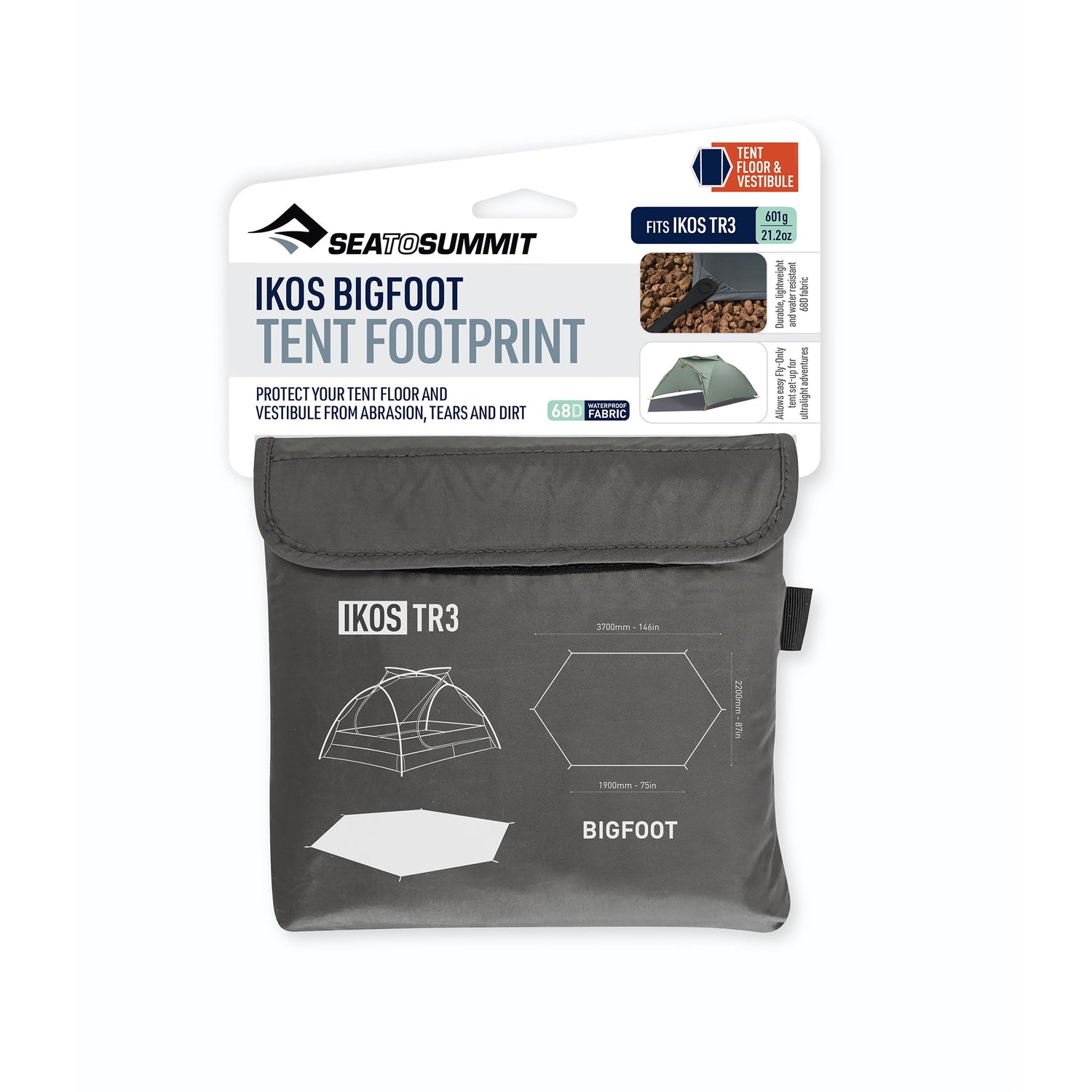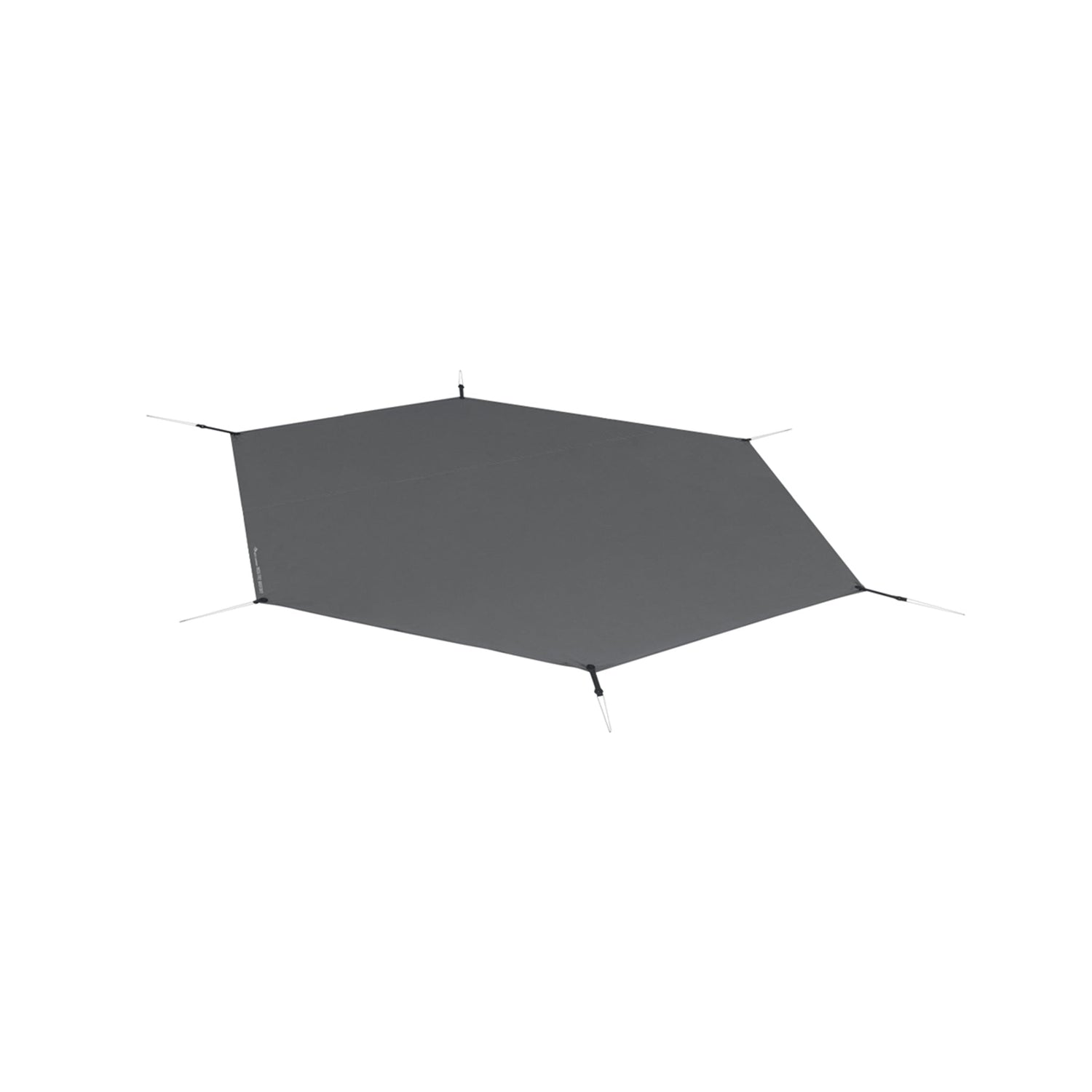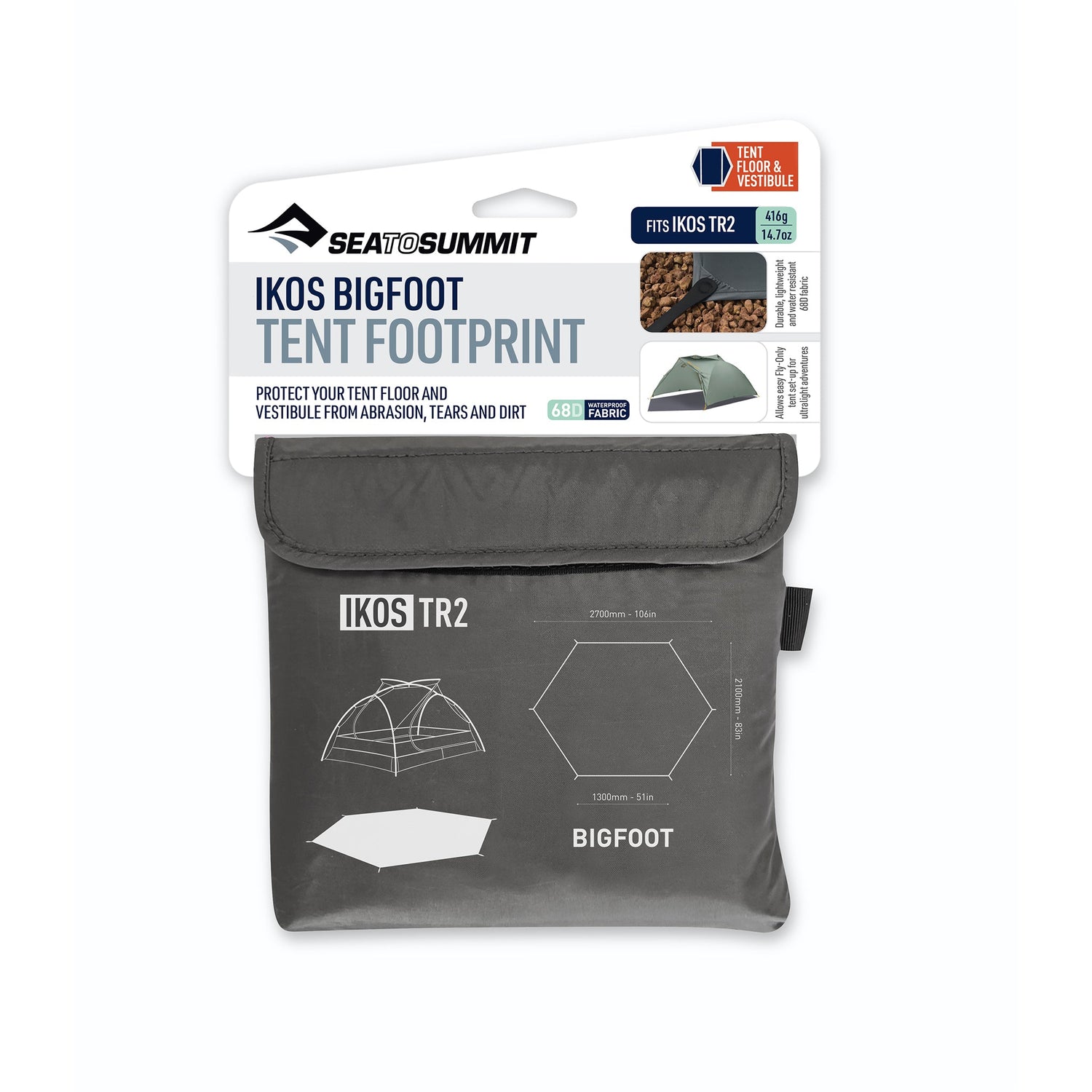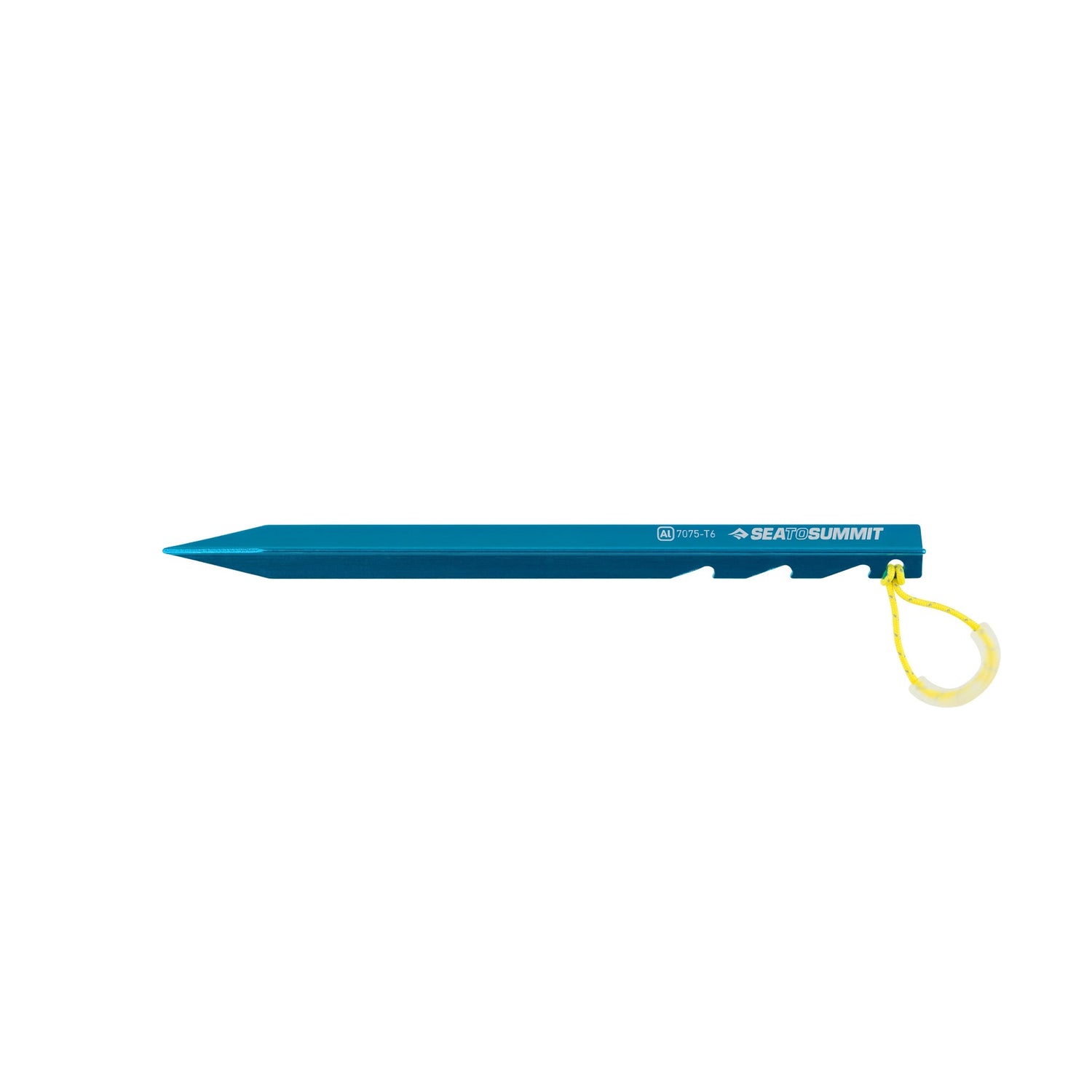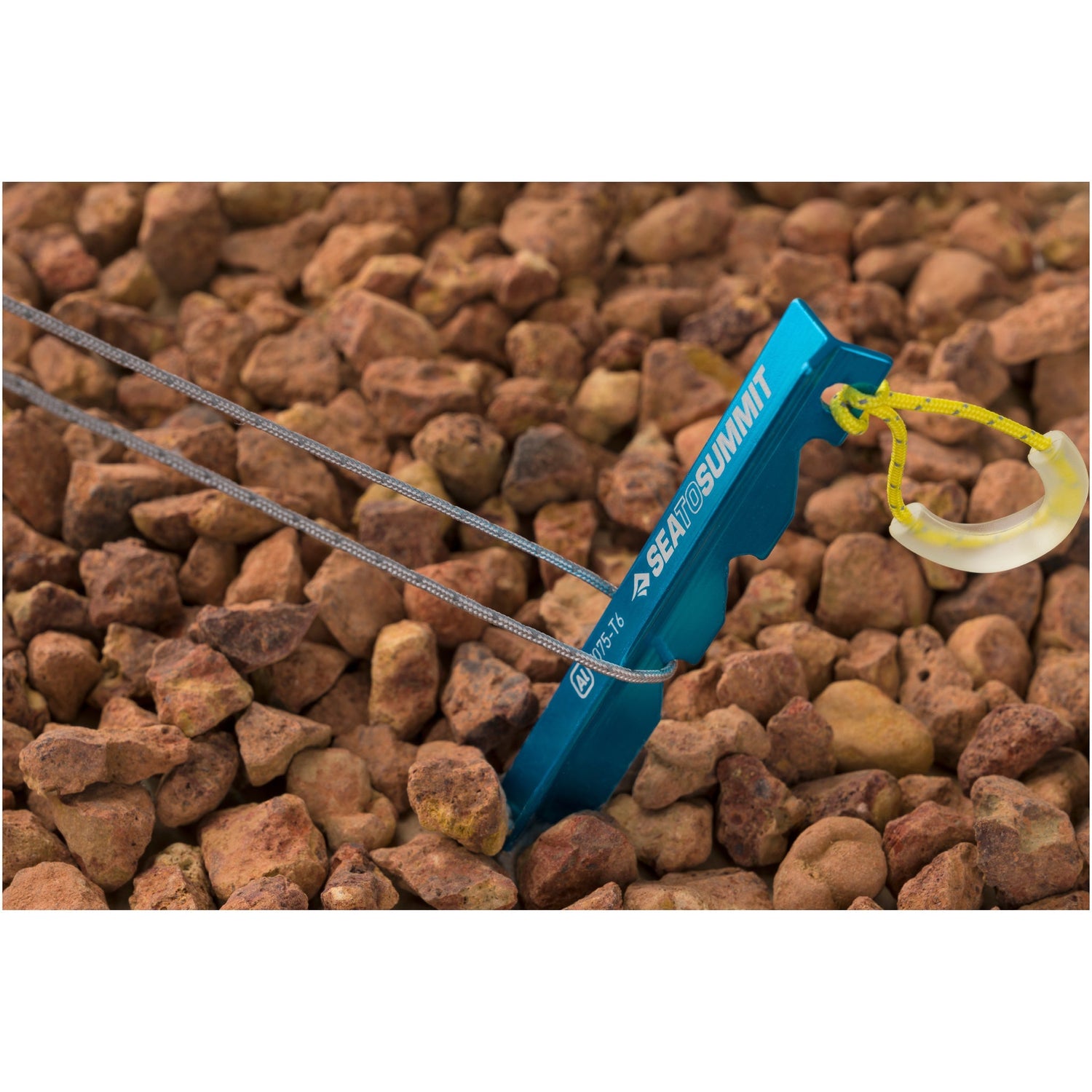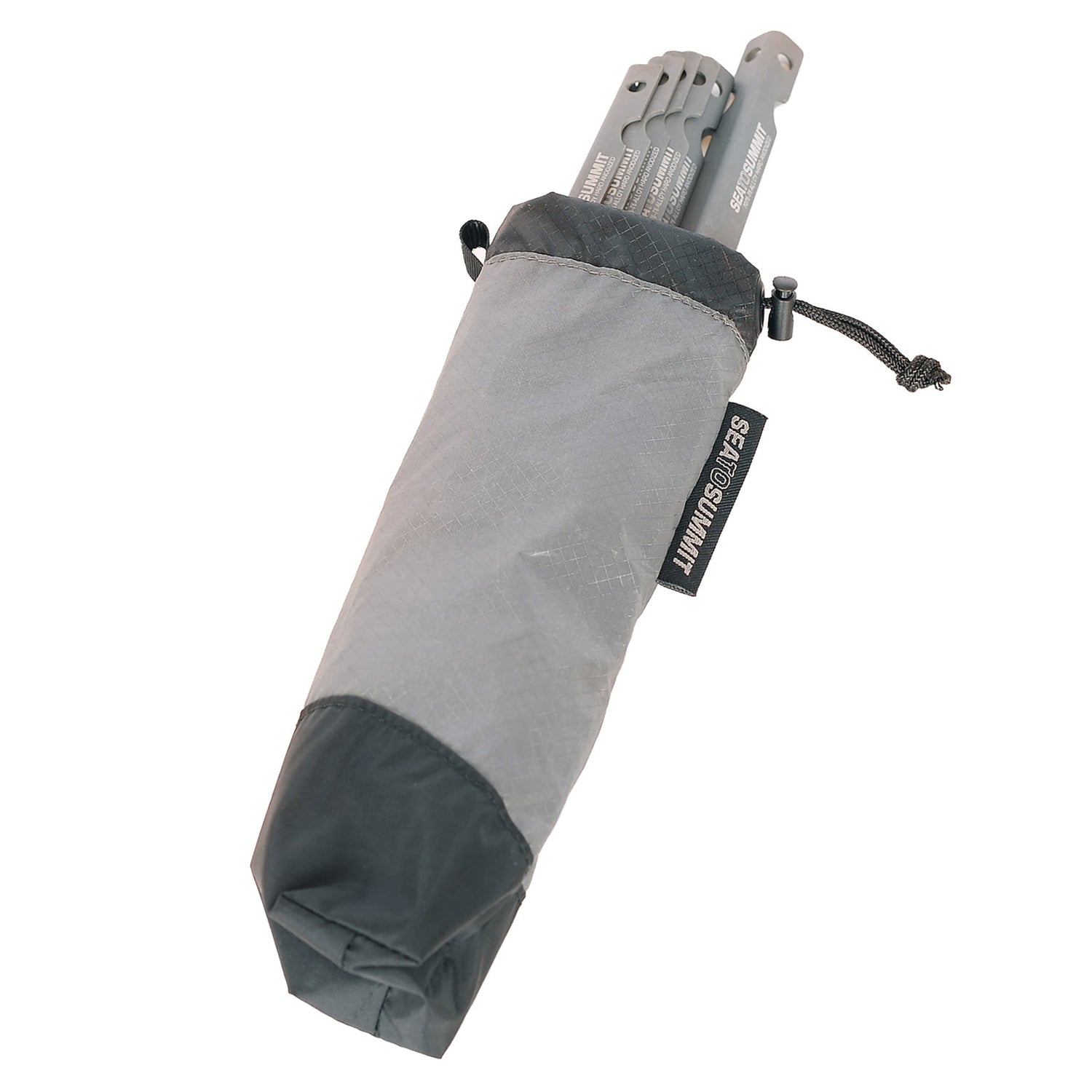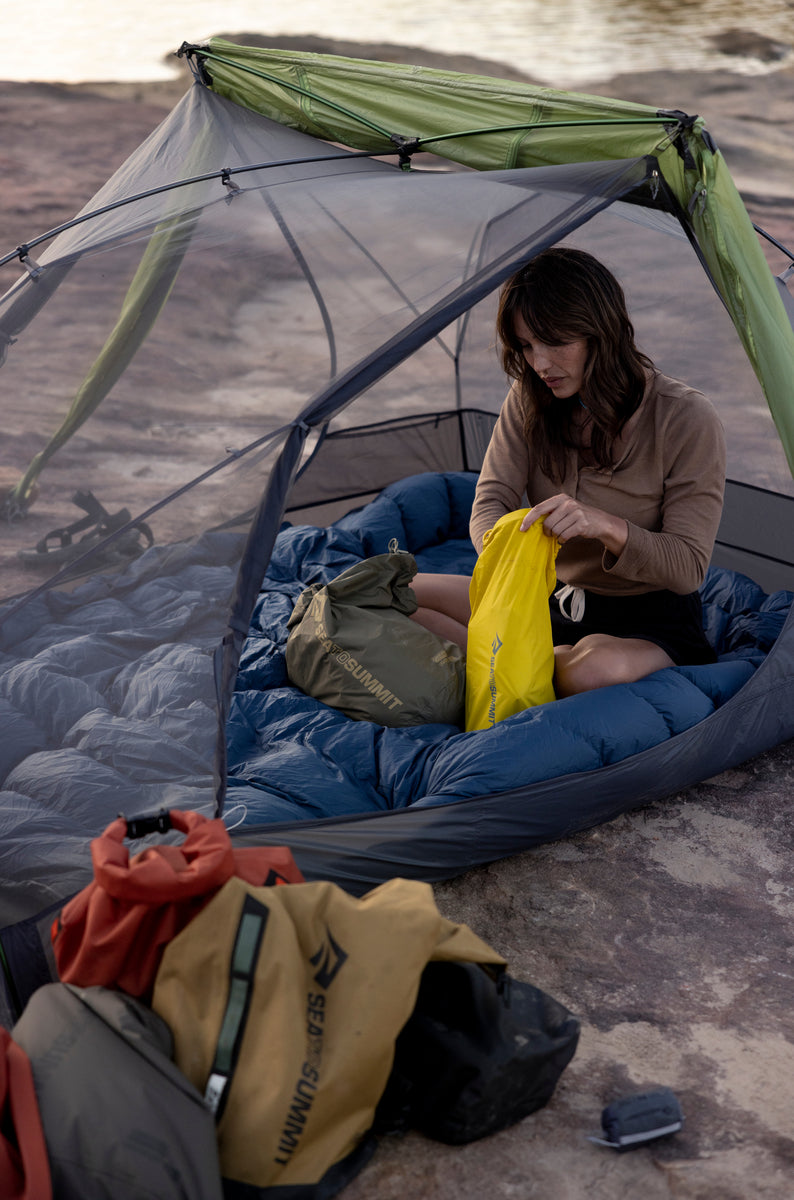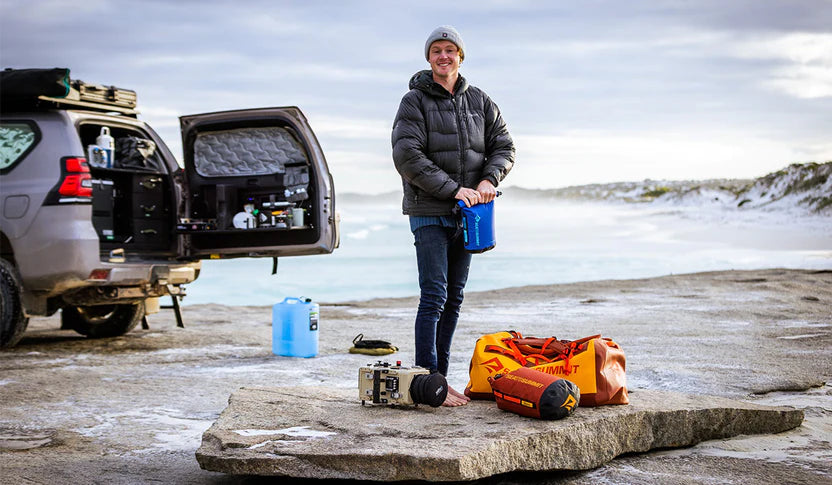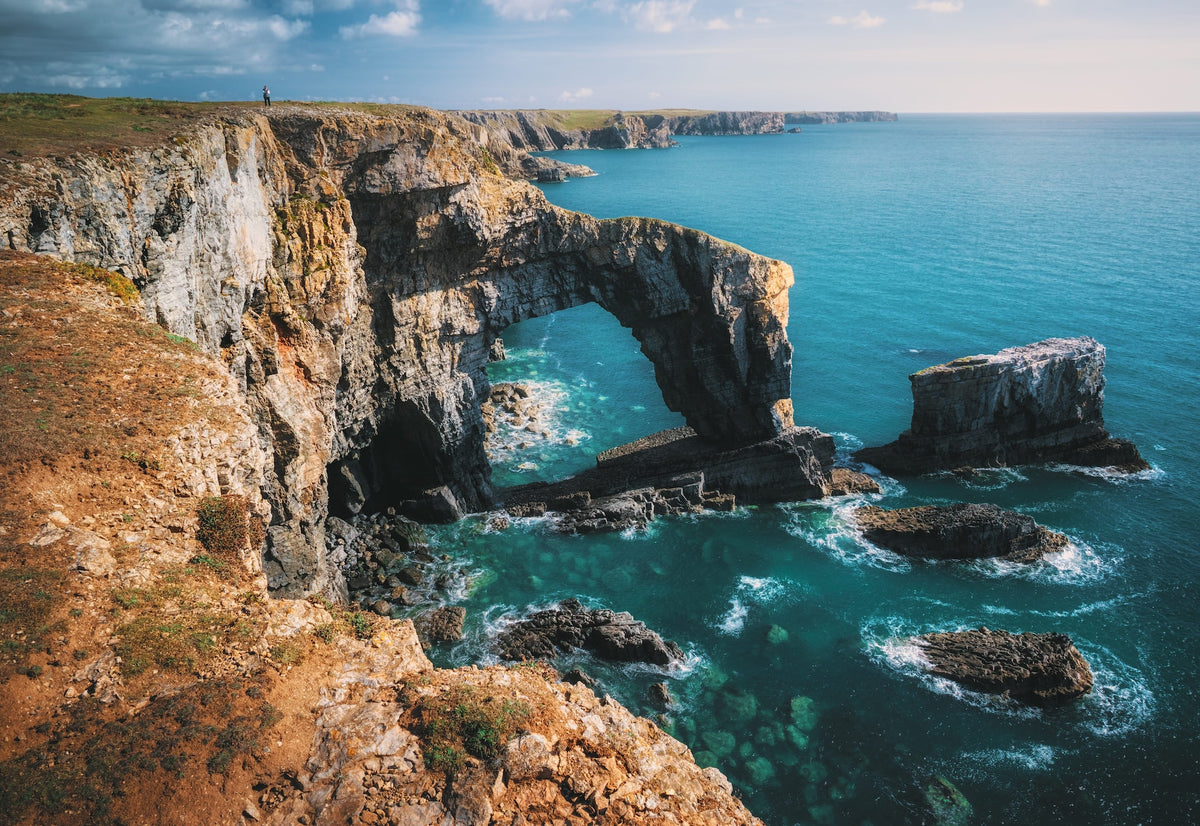Blog
The Design Series: An Interview with Product Designer, Paramjeet Singh
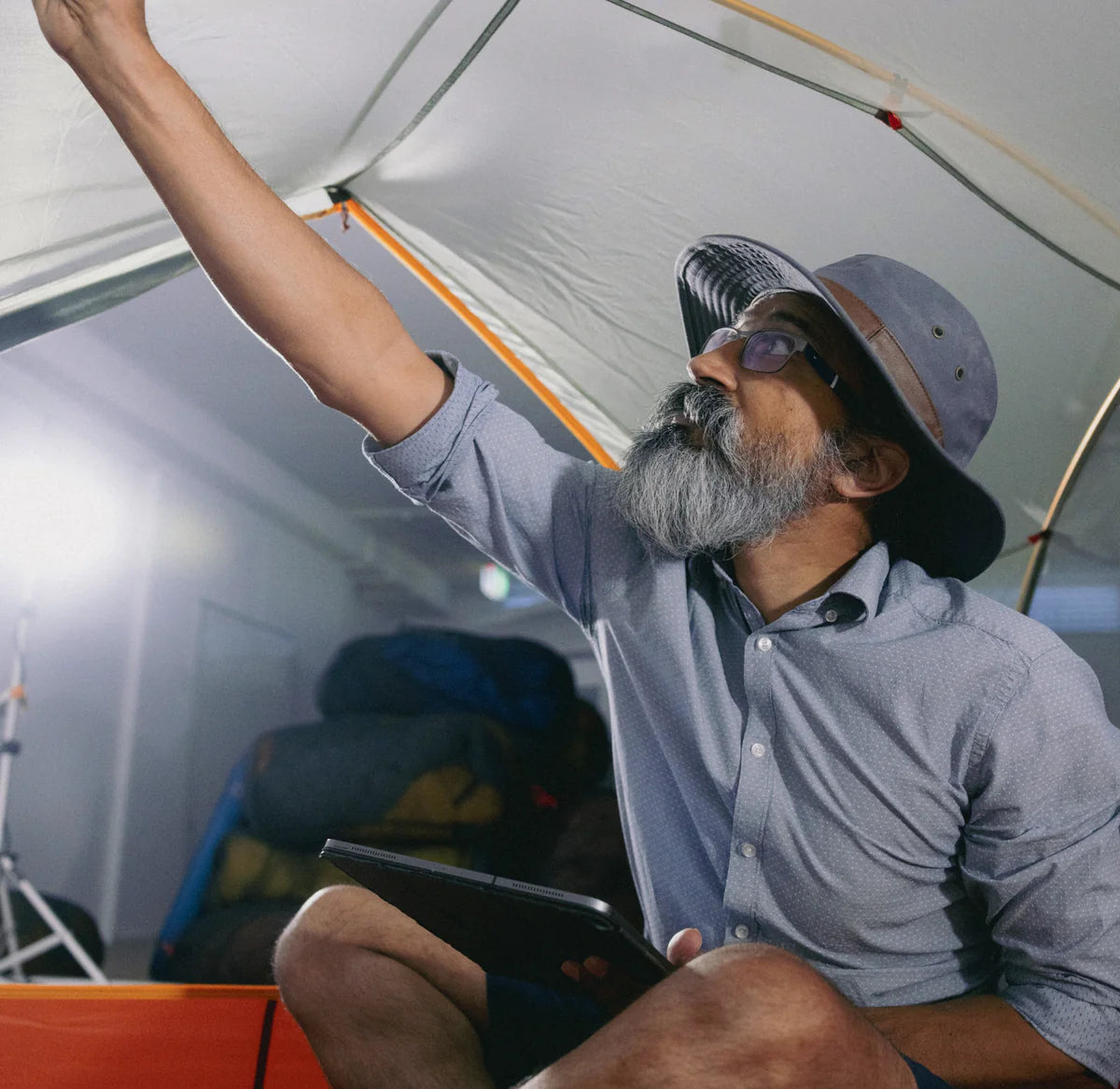
At Sea to Summit, creating meticulously engineered gear to bring you closer to the outdoors is at the heart of our brand. In an all new Design Series, we're taking you behind-the-scenes to meet the individuals who make up Sea to Summit's creative, forward-thinking and innovative team.
This is the second instalment of our Design Series and we can't wait to continue to introduce you to many more of our brilliant and talented Sea to Summit team members.
Meet Paramjeet Singh. In an exclusive interview with our very own product designer, we learn about Paramjeet's relationship to the outdoors, what makes Sea to Summit's design process unique, the role sustainability plays in product design and so much more.

What drew you to a career in design? Was it a natural fit and something you always wanted to become, or did you find yourself in this role more coincidentally?
Architecture was the doorway to my carrier in Design. It was my go to profession to synthesise aesthetics, technology and human centric aspects to create solutions for the unique practical peculiarities of particular contexts. I experienced this work as rewarding creative process that had some lasting significance for its users.
Translating this into Product Design of outdoor and adventure gear was a natural avenue for me to further my passion for design innovation and the adventure pursuits.
What are the biggest joys and highlights about working in product design at Sea to Summit?
Sea to Summit was built on the strength of design and attention to detail. I have connected with it since Roland founded Sea to Summit and it is inspiring to see the company’s dedication to stick to its design centric ethos and grow to reach outdoors people across the world.
Outdoor products are uniquely situated where performance and reliability are key but so are aesthetics and commerciality. This keeps all creative engines firing and this multi dimensionality of the Design process in STS is what I love.
Conceptualizing, designing, and creating outdoor gear which I will use myself and seeing it perform as visualized and receive validation from of happy users is very satisfying.
What does innovative design mean to you?
Innovation is inseparable and essential to design. Innovative design takes fresh look at the given context, redefines, enriches, and significantly improves the user experience.
Innovative Design solution by definition is almost always outside the box.
The distinguishing characteristic of Product design from a bespoke esoteric design, however, is the goal to create an object which can be mass produced and be economically accessible and functionally useful for a larger target user base.

In what ways do you create products to solve problems experienced in the outdoors? Would the problem spark the product or the other way around? Can you talk me through this process.
The predominant aspect of products for adventures and outdoors is ‘performance’. The gear needs to simply work and be totally dependable and intuitive. So much so that using it becomes a second nature and the users can forget about the gear in a self-assured way and focus on whatever outdoor experience they are out for.
Whether someone is camping with kids on a beach in good weather or weathering a storm on a mountain face, there is a drive to better the experience by whatever means available. This is the spawning ground for product ideas.
A new product is almost always born out of a considered response to a real-life problem or an effort to improve an existing imperfect solution.
I tap into my own experience of various outdoor situations and have the benefit of the rich collective experience of the Sea to Summit community and the very experienced design team where we come together and bounce ideas off to refine them. All ideas are tested against the bottom line; does it work flawlessly, is it durable and dependable and does it measure up to the best standards of quality and aesthetics, is it the best possible solution?
In what ways has your professional role as a product designer influenced your personal life?
A Design life demands a certain intensity and rewards with a positive creative head space. As an architect I am used to round the clock studio. Ideas, inspirations, and solutions to problems one is grappling with can strike at any time so there is a degree of constant creative preoccupation which can sometimes be difficult for people and family members around you. My wife and daughter are very supportive though and share my excitement for the outdoors and design.
Product Design being a human centric occupation gives me the opportunity to listen and keep abreast of social and economic trends as well as advances in arts and technology .
What is your relationship to the outdoors, adventure, and the world of camping?
I was born in Shimla in the Himalayas and grew up with snow sports and steep terrain as far back as I can remember. I was naturally drawn towards purist forms of self-supported adventure and have a passion for rock climbing, mountaineering and exploration. My wife Alka and I were part of the early years of developing trad climbing in India and represented it in the Sport climbing World Cup.
The year Roland founded Sea to Summit, him, and me with three other friends were the first to accomplish a ski traverse of the Himalayan range in the middle of winter. We have shared many adventures and exploratory trips over the years.
Perth is on the edge of extensive Australian wilderness and is there is always an adventure or camping trip in the pipeline; they invariably turn into opportunities for product testing and generating new ideas.

What is the measure of professional achievement for you as a product designer at Sea to Summit.
Commercial success, Industry awards and patent grants feel really nice but I think product design is all about user satisfaction and it is hugely rewarding to overhear someone in the field effusively expressing their appreciation of a product that you had a hand in creating.
How do you choose a dream product to design? Can you talk us through the process.
There is always a large repository of dream product ideas in a designer’s head, some of them go through development stages but only a few actually get realised as products. At Sea to Summit, we take pride in going through a collaborative and yet ruthless filtering process to select design ideas for full development. This ensures we bring to market products that are not whimsical and add value to user experience.
Can you tell me a little bit about the IKOS Tent with Tension Ridge. What was the inspiration behind the product and what was the process involved in designing it?
Our Telos and Alto tents broke new ground in tent architecture with the innovative Tension Ridge system collaborating with Jake Lah and DAC. These were extremely successful and well acclaimed when launched in 2021 and were meant for the technical users for whom performance and light weight were key factors.
We wanted the performance advantages offered by the Tension Ridge architecture to be more accessible to outdoor users who were more focussed on comfort and ease of use. In other words, tents which were as appropriate for first time hikers as for seasoned outdoors people.
The designing of the IKOS involved extensive prototyping of both the pole frame and the inner and outer skins of the tent. The user experience was always paramount, and the tent went through many design iterations to arrive at the final shape and dimensions. The prototypes were put to extensive testing including the wind tunnel tests at the special facility at DAC in Korea.
The IKOS system was designed to offer a spacious shelter which offers the best in class features and is robust and rugged to last the rough and tumble of camping with family and pets in any terrain.
It is a tent I can take on a long trek in the Himalayas with my family or on 4WD and climbing weekend to a campground at West Cape Howe.

What areas do you see the most important to be developed and furthered in the outdoor industry for product design? Are there any areas of opportunity that bring you the most excitement?
It is an exciting time of technological leaps in material science, product design and manufacturing. With intelligent systems it has become possible to model, simulate, test, prototype and evolve a design at a much more granular level of detailing. Some advances in manufacturing can afford a higher level of user centric customisation which could further improve user experience and resource economy. Social media engagement with user base can better inform the design requirement and analyse performance feedback.
Better economic, environmental and social responsibility are already being pursued by the outdoor industry which is a very welcome trend.
As the outdoor industry continues to evolve and there is an increasing amount of people choosing vehicle-based camping (including 4WD, living in their vans, motorhomes etc), what role do you see product design in catering to this growing consumer market?
Vehicle supported outdoor experiences have made outdoors more accessible for a wider range of people. I see Product Design adapting to the new functional needs of this segment as this mode and enabling the possibility of greater comfort, longer trips and greater self-sufficiency.
This trend is re orienting both functional and aesthetic priorities of the related product design. For instance, the emphasis can shift away from lightweight towards better durability, economy of packing space and compatibility with supplementary gear options suited for short self-supported side excursions.
Considering the outdoor industry relies on the natural environment to exist, in what ways do you see outdoor brands helping and contributing to environmentally sustainable travels and adventures?
Outdoor industry is well placed in raising the awareness to the possibility of sustainable products and responsible outdoor practices of users in the outdoors. This can have a positive knock-on effect on other industries too and help to shift wider sensibilities. Currently however most of the outdoor industry is predominantly focussed on transitioning to sustainable materials and manufacturing processes whereas some brands do apply a more holistic approach which will go a long way.
Sea to Summit has always subscribed to self-accountability in this area and Sustainability has always been an important component of Sea to Summit’s design philosophy. I believe in addition to sustainable materials and manufacturing; quality and durability of product is one of most effective ways toward sustainable resource use.
Products which are durable, promote reuse and can be repaired to extend their life can counter the scourge of disposability.
Appropriate messaging and products which enable users to enjoy their outdoor experiences securely, comfortably and which facilitate the ability to ‘leave no trace’ as a very easy and convenient practice, can go a long way minimise environmental impact.
If you had to pick the product that you’re most proud of, what product that be and why?
The process of product design is very engaging, and one has to often push the boundaries of what is possible. I remember products with their own unique degree of creative struggles. After nearly two decades of product design at Sea to Summit, it is hard to pick favourites, but Collapsible camp kitchenware and Tents are some of the more memorable ones and although it is not a product, designing of the Sea to Summit Headquarter building also has a special place.
If you've enjoyed this blog make sure you follow us on Facebook and Instagram for more.

